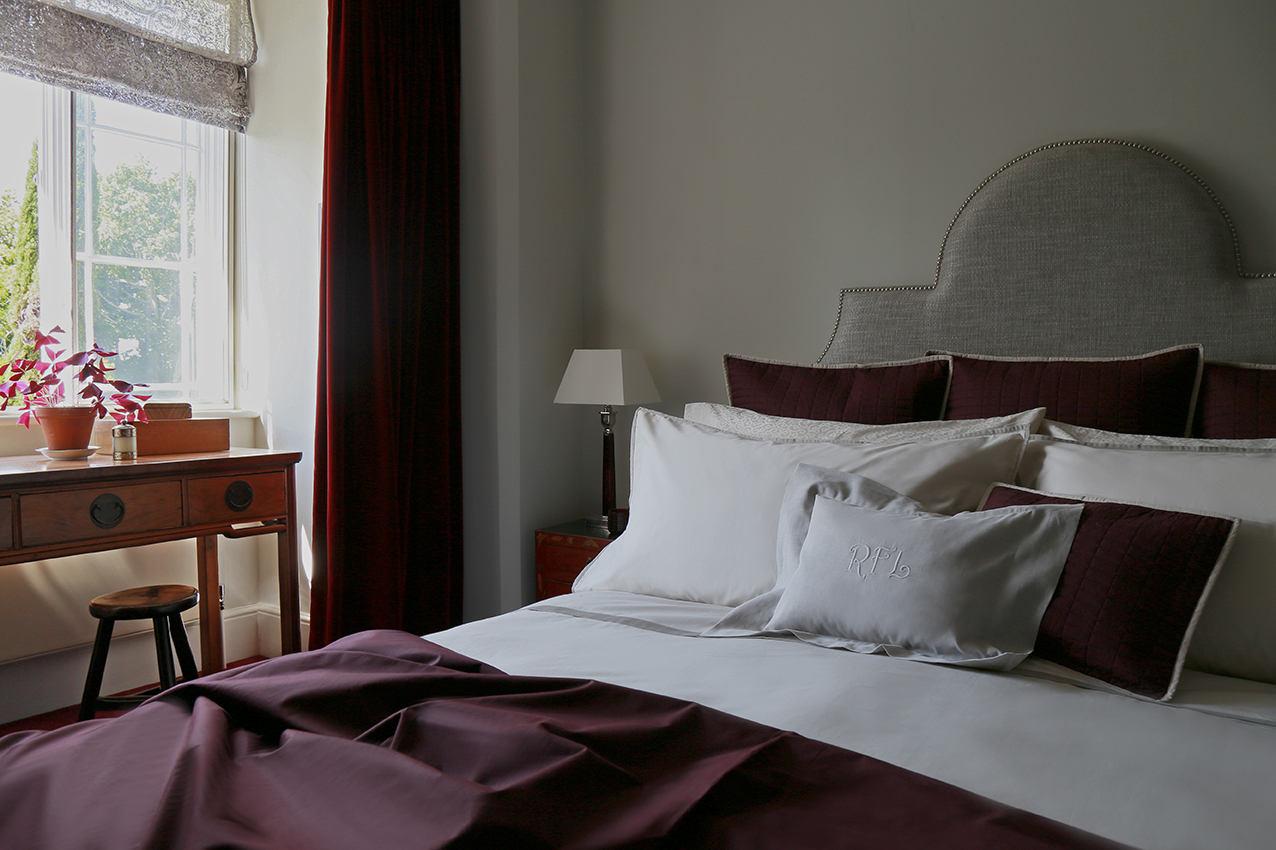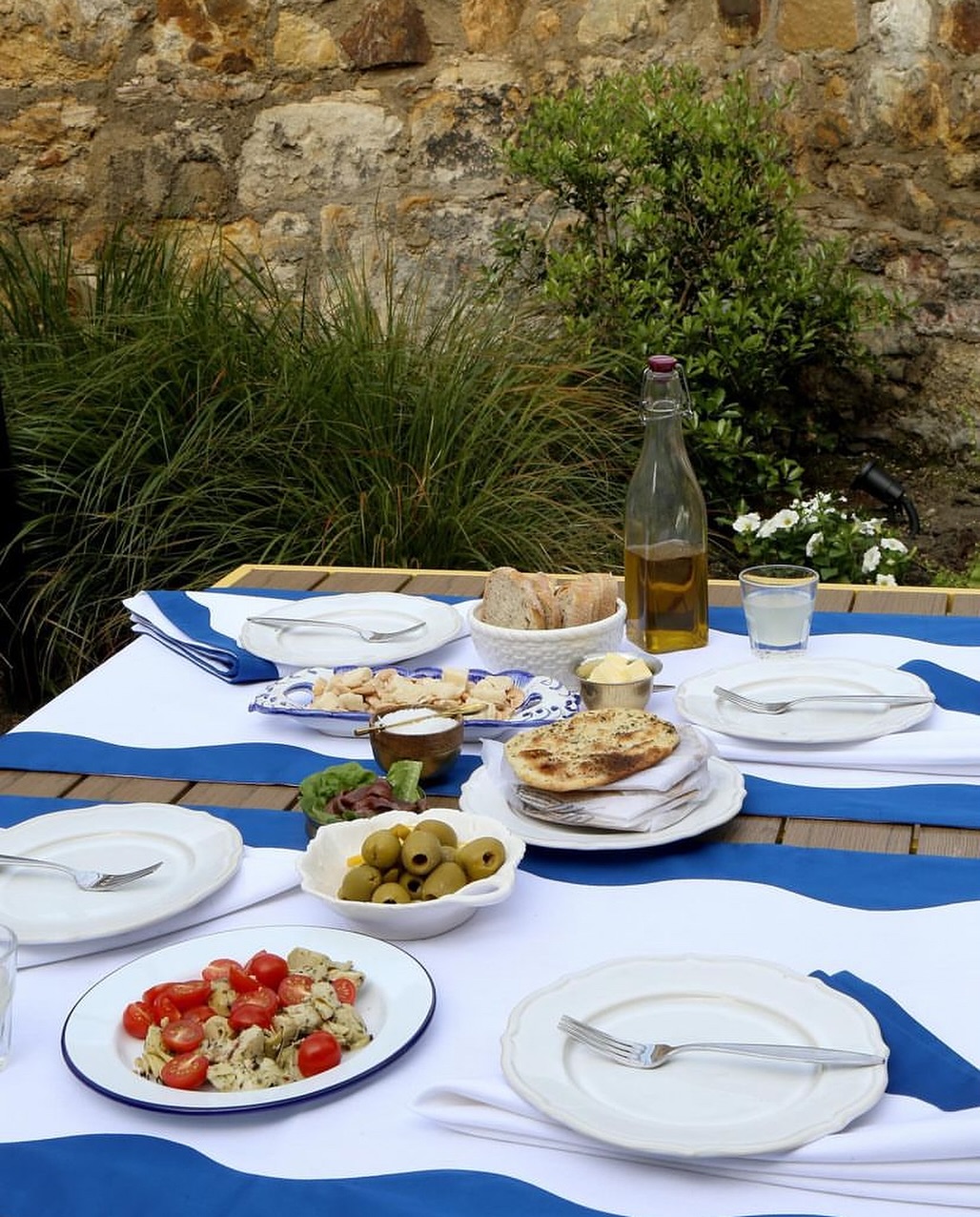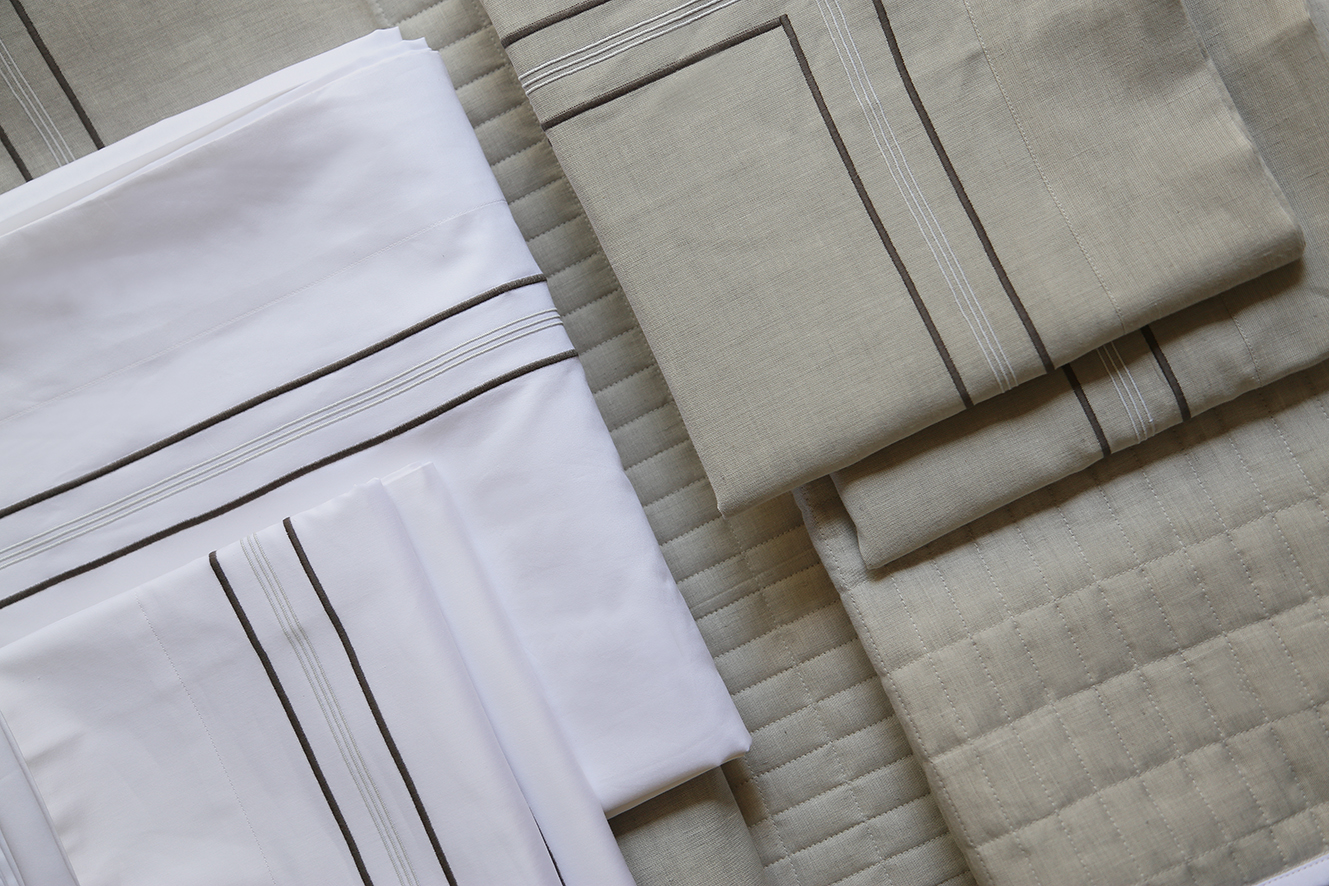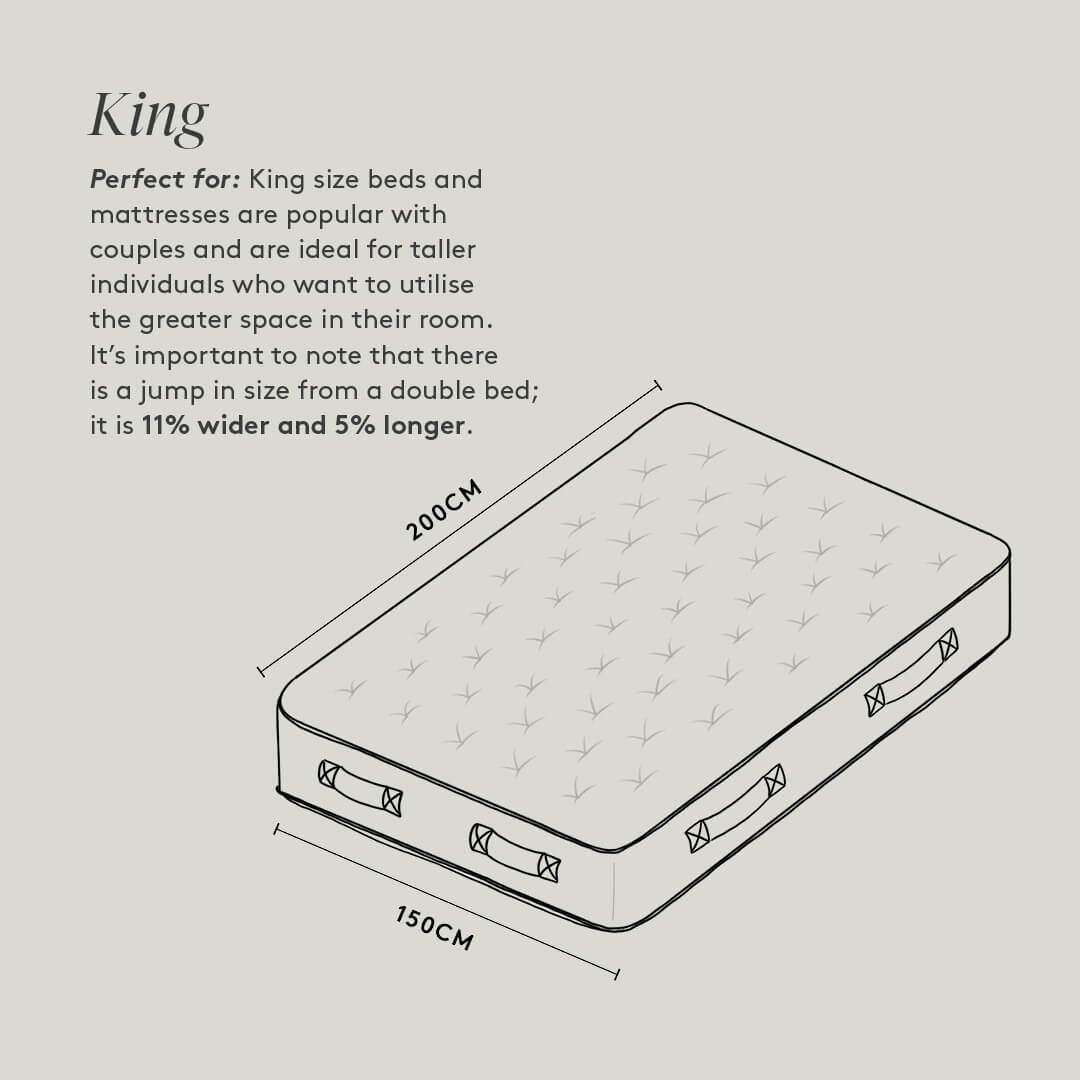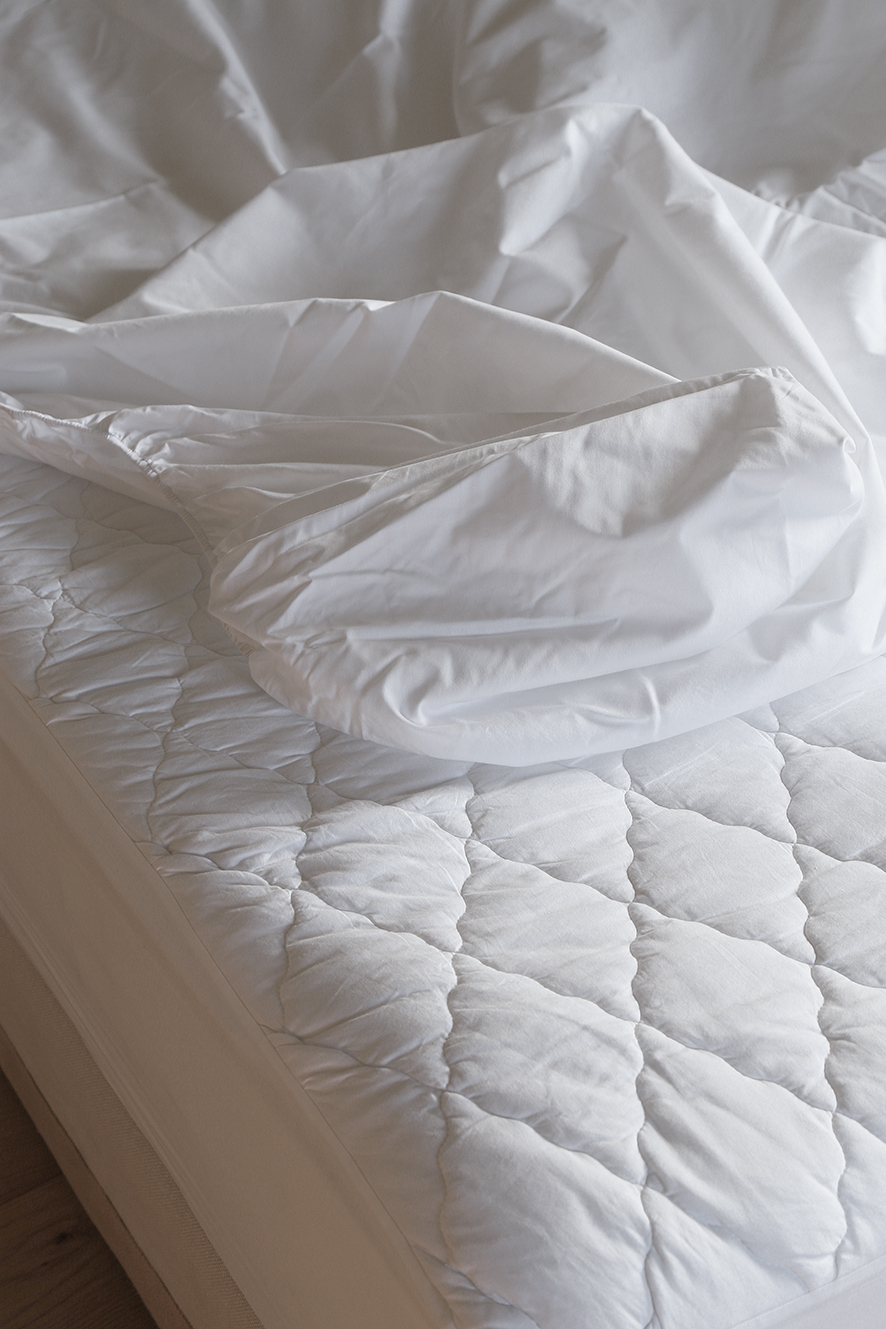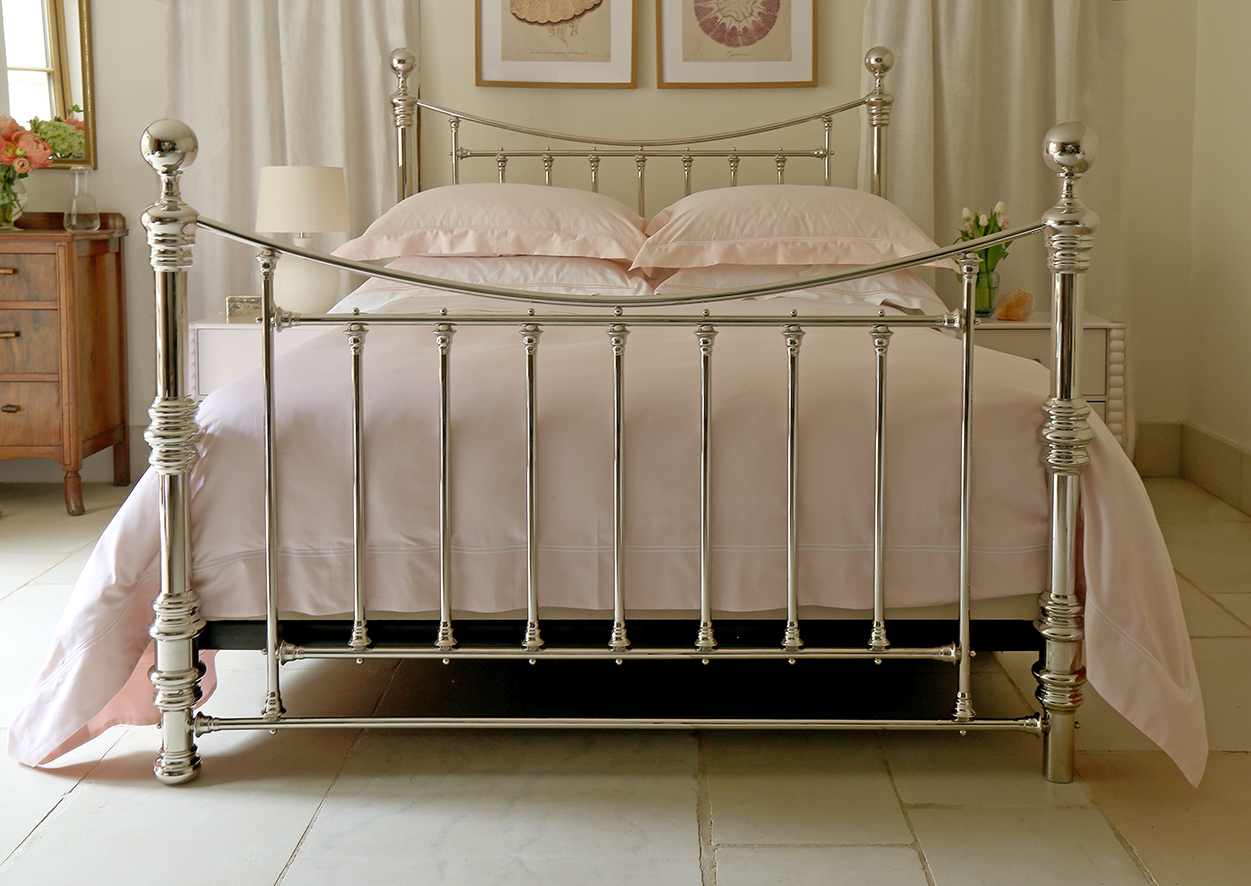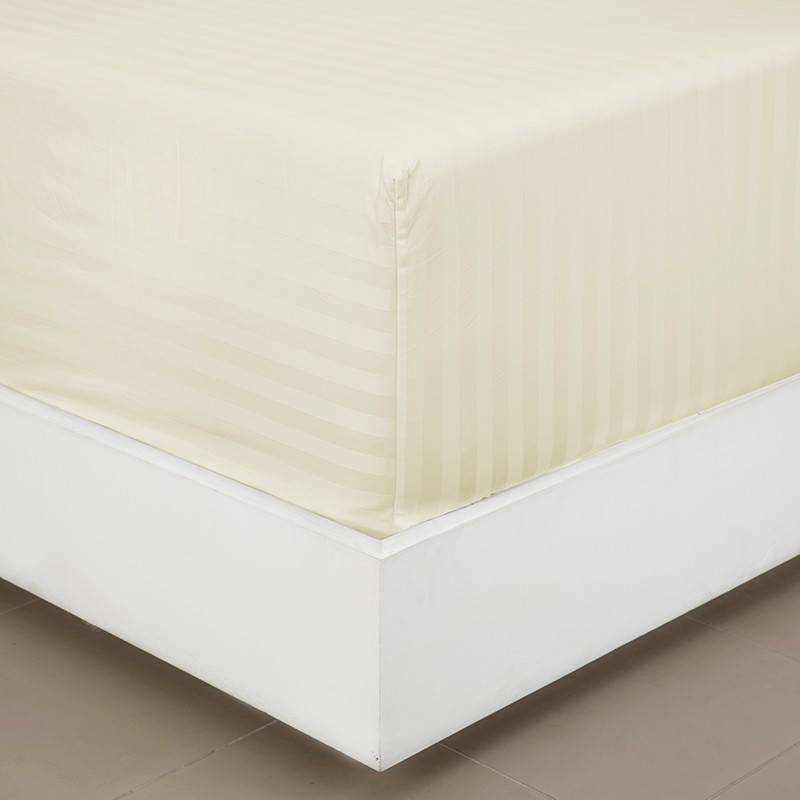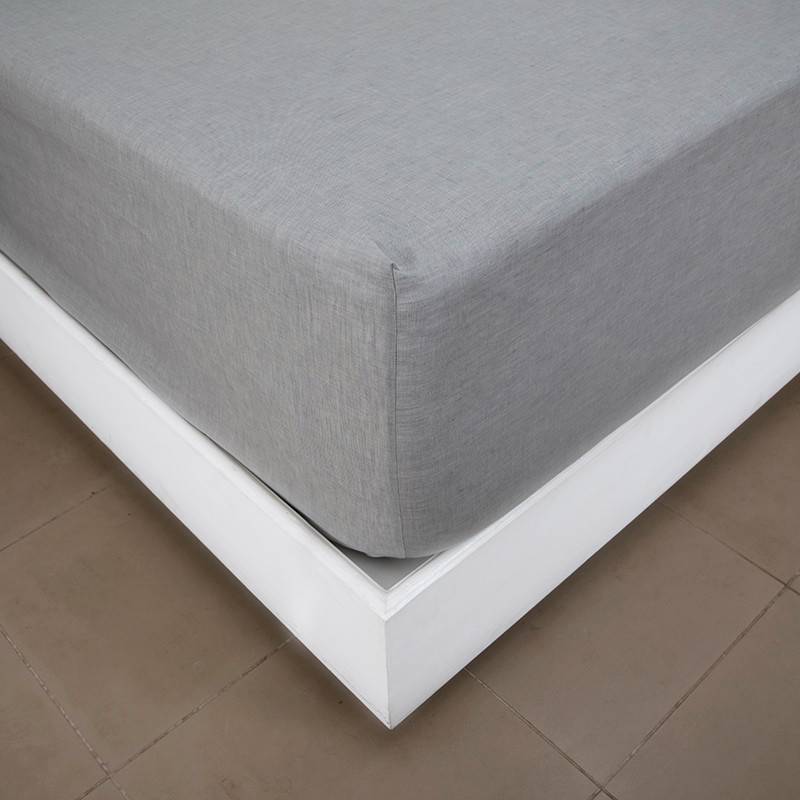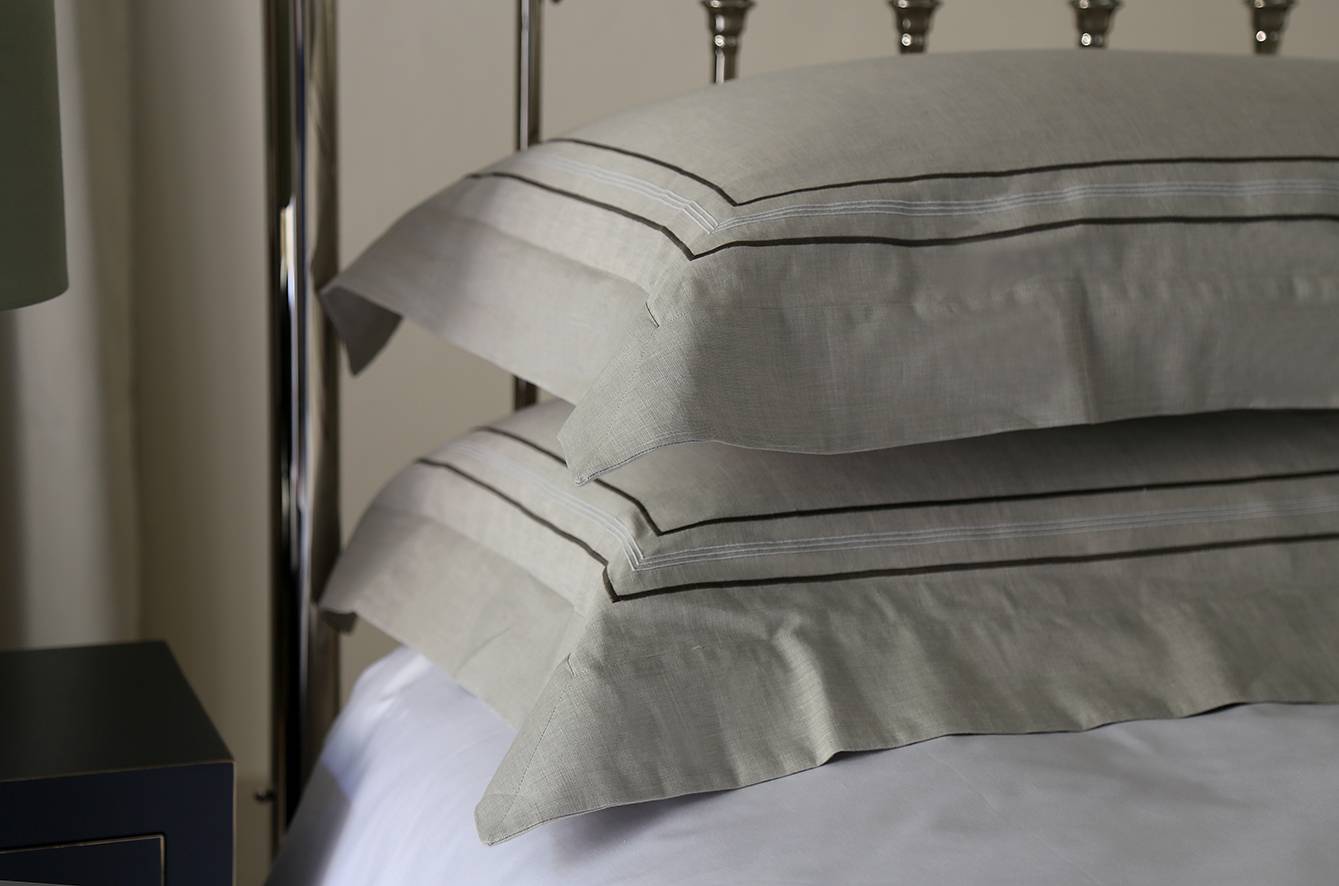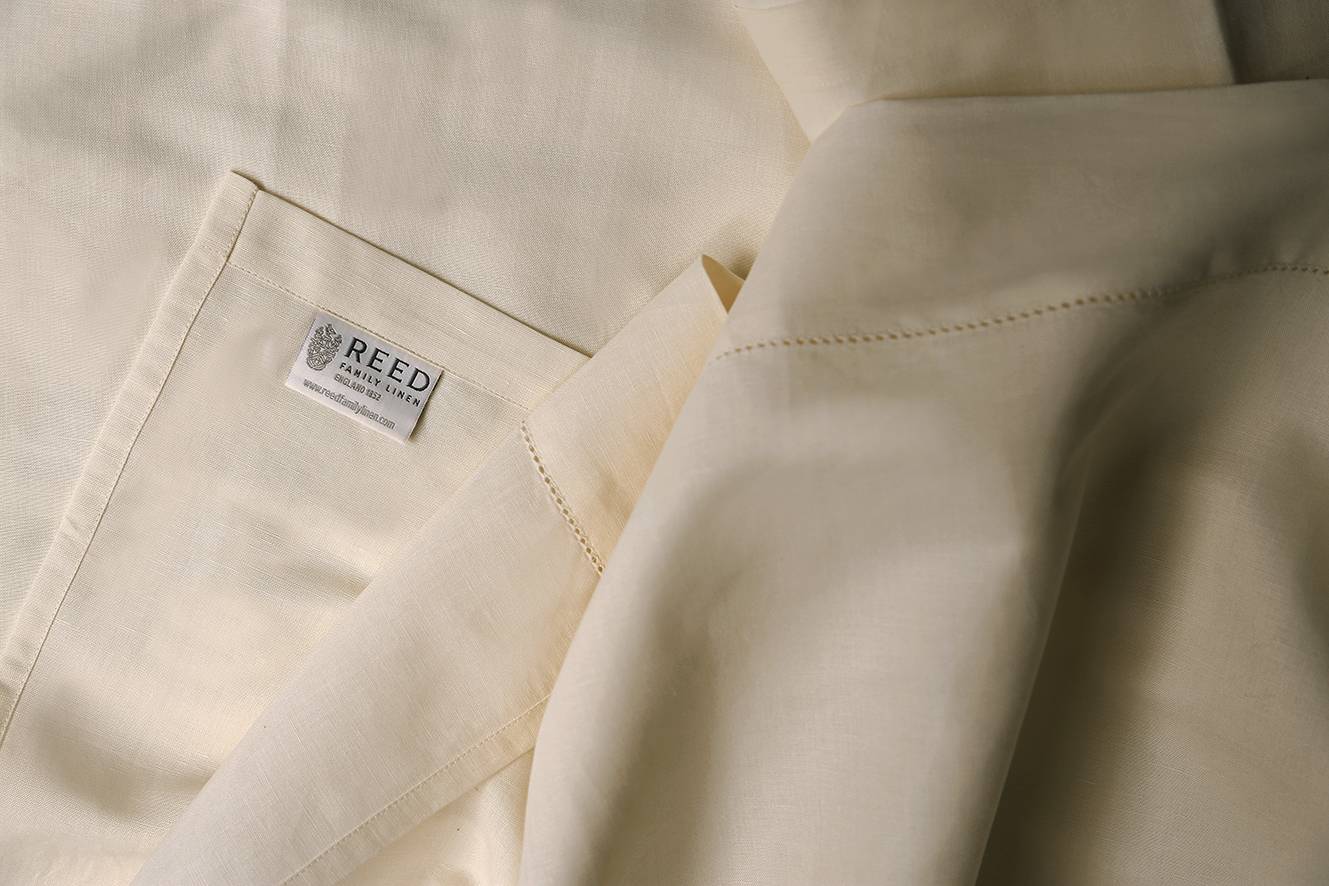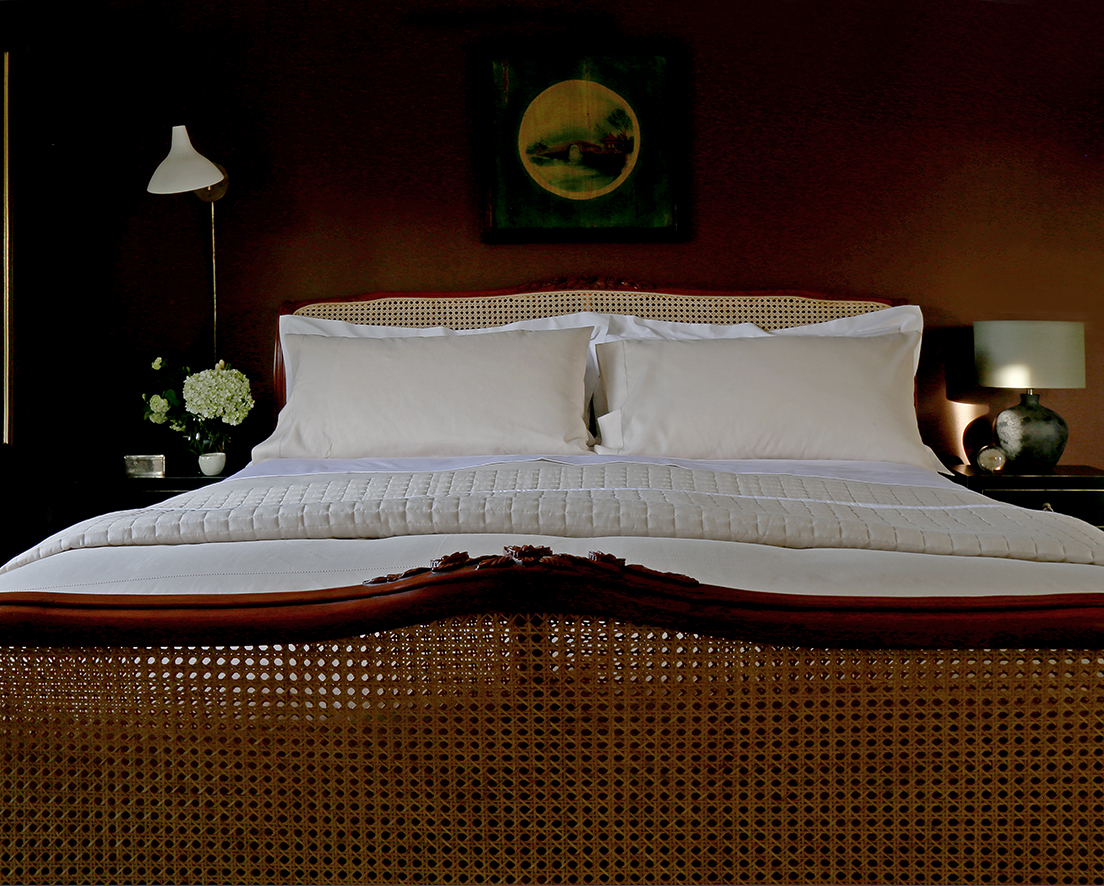This website uses cookies to ensure you get the best experience on our website. Learn more.
Luxury linens bring elegance and comfort to any dining table, but to keep them looking their best, proper care is essential. Whether you’re using a fine tablecloth, beautifully embroidered napkins, or high-quality placemats, caring for these items ensures they retain their beauty, softness, and durability over time. In this guide, we’ll take you through the best practices for washing, drying, storing, and maintaining your luxury linens, so they remain a lasting investment in your home. Plus, we’ll highlight some of our new product offerings to elevate your table setting.
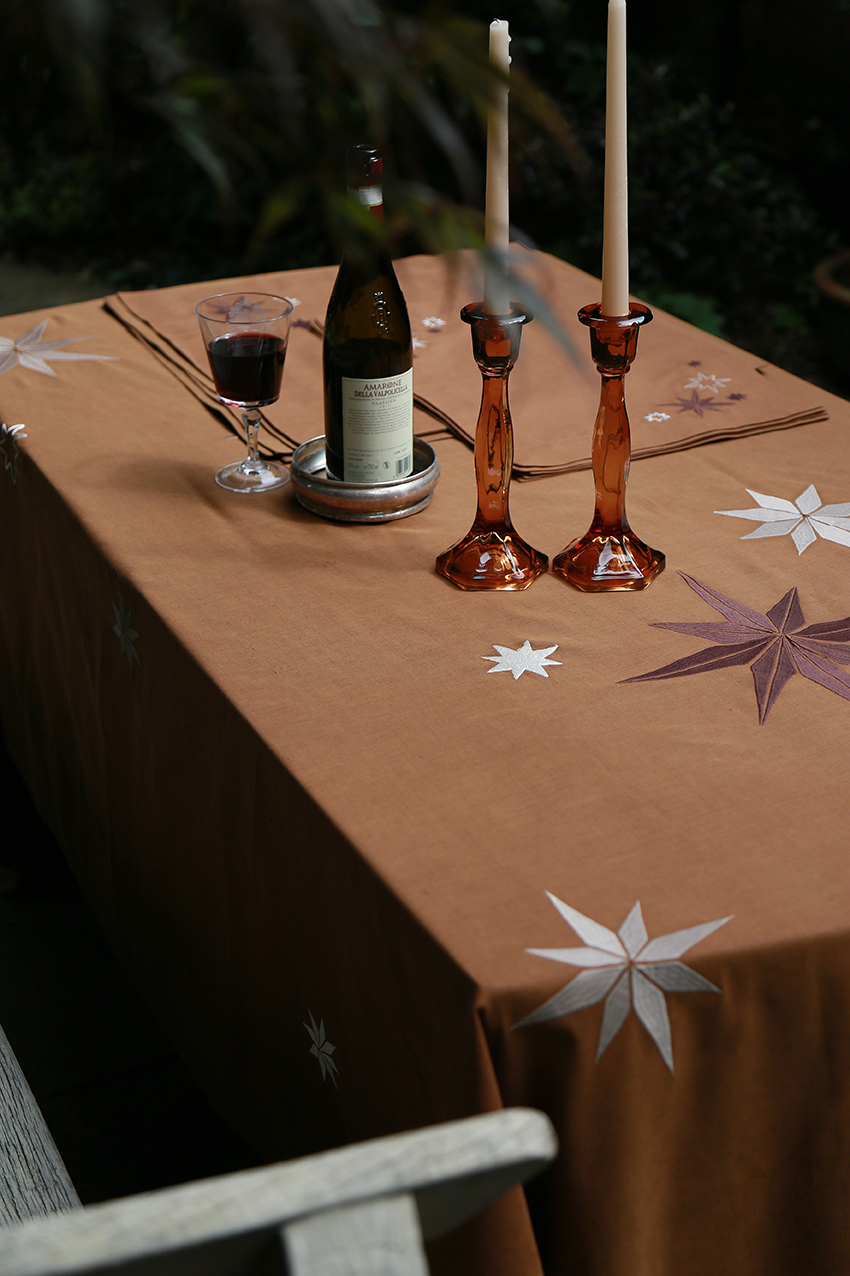
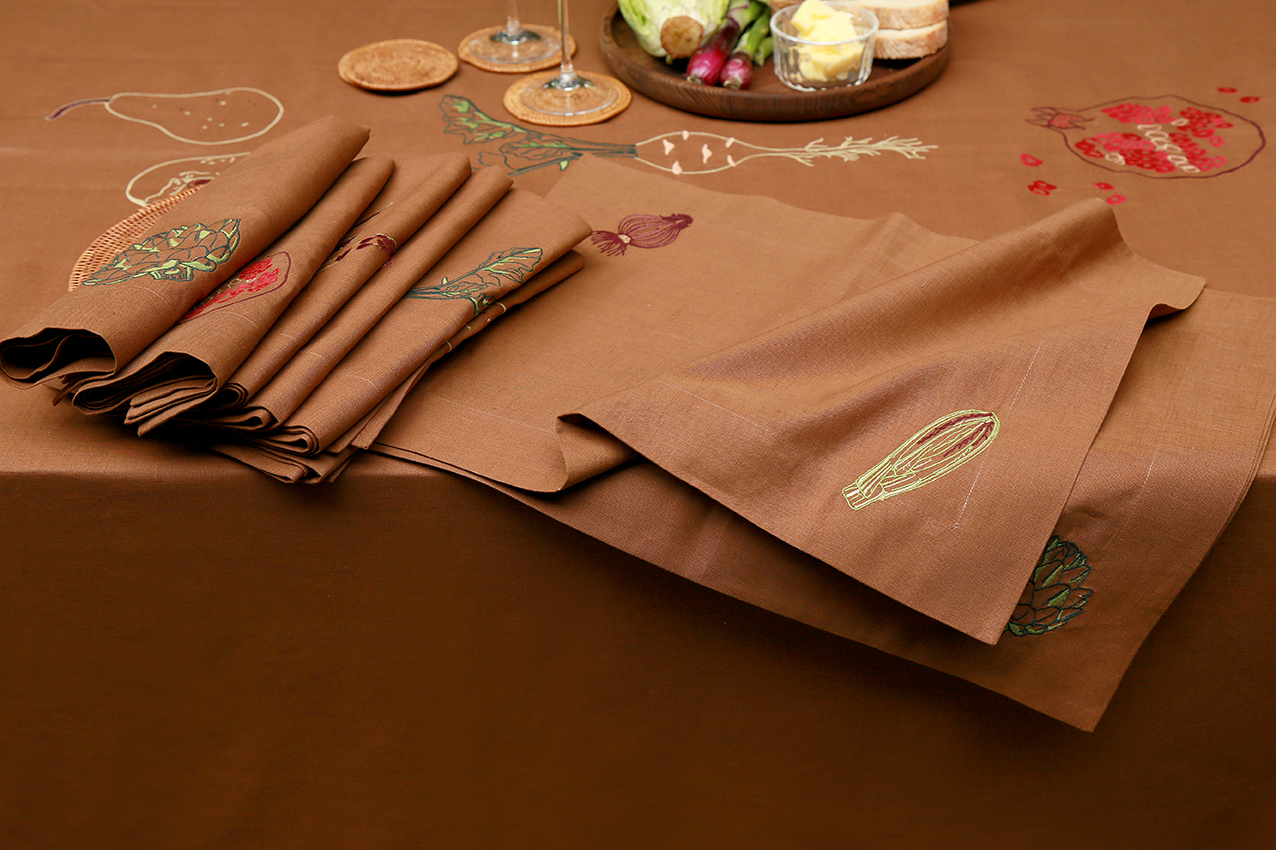
Why Proper Care is Important for Luxury Linens
Proper care is essential to ensure that our luxury linens maintain their beauty and longevity. By following the right maintenance routine, you can enjoy several benefits:
- Preservation of Fabric Integrity: Our linens are crafted to last, but incorrect care can weaken the fabric over time. Proper maintenance ensures the fibres remain strong and durable for years to come.
- Maintaining Softness and Comfort: Linen naturally softens with washing and use. With the right care, your linens will become even softer without compromising their quality.
- Retention of Colour and Design: Many of our collections feature intricate embroidery and vibrant designs. Proper washing and storage routines help preserve the colours and details, ensuring your linens look as beautiful as the day you bought them.
- Prolonging Lifespan: With proper care, our linens can last for many years, making them a long-term investment in your home. The right washing, drying, and storage techniques will ensure your linens remain in pristine condition.
Common Mistakes to Avoid
To protect the beauty and quality of your luxury linens, it’s important to avoid common mistakes that can damage the fabric:
- Using Harsh Detergents: Strong detergents can break down linen fibres and fade colours. Always choose a mild, eco-friendly detergent designed for delicate fabrics.
- Overloading the Washing Machine: Linen needs space to breathe in the wash. Overloading the machine can lead to excessive creasing and stress on the fabric.
- Tumble Drying on High Heat: High heat can cause linen to shrink and become brittle. Always opt for air drying or tumble drying on a low heat setting to maintain fabric integrity.
- Improper Storage: Storing linens in damp or airtight conditions can lead to mildew and fabric yellowing. Always store linens in a cool, dry place, and avoid plastic bags, which can trap moisture.
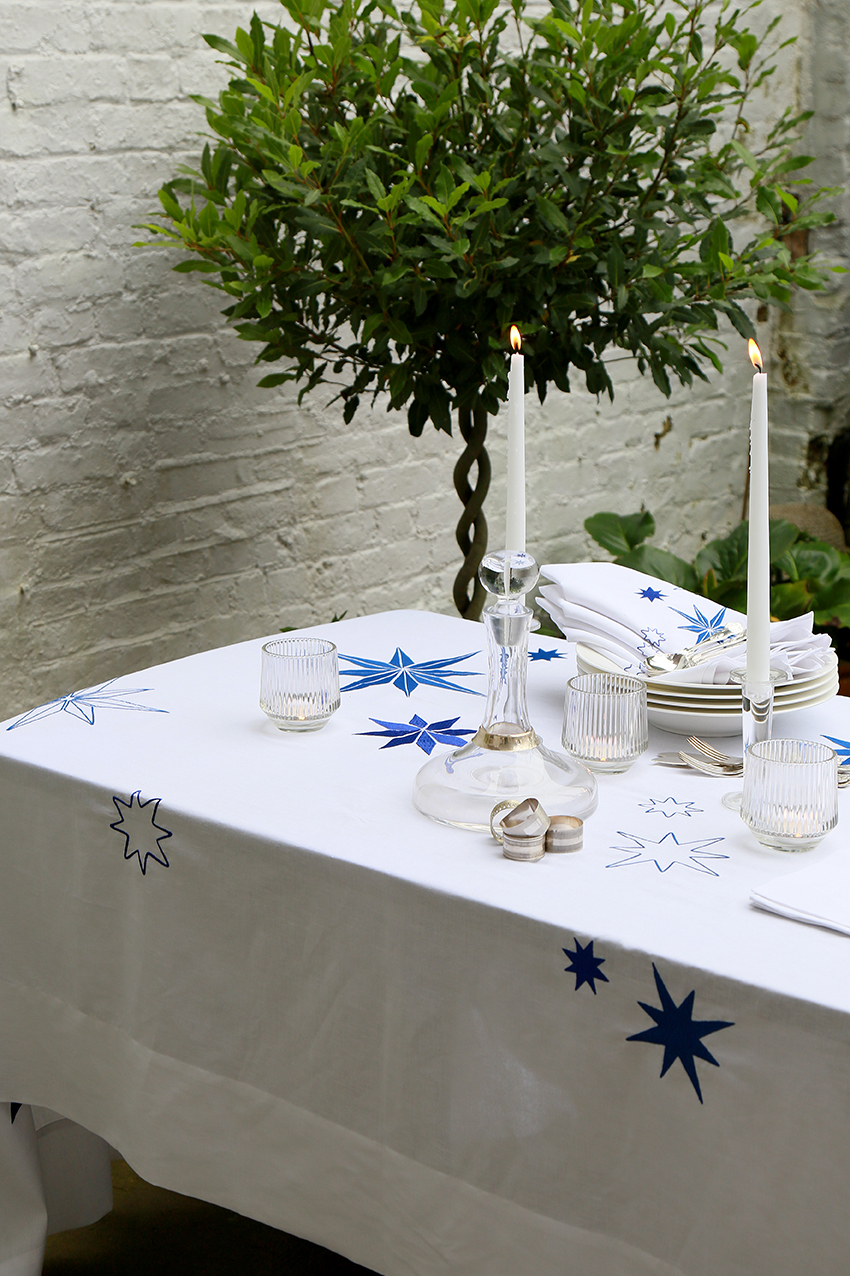
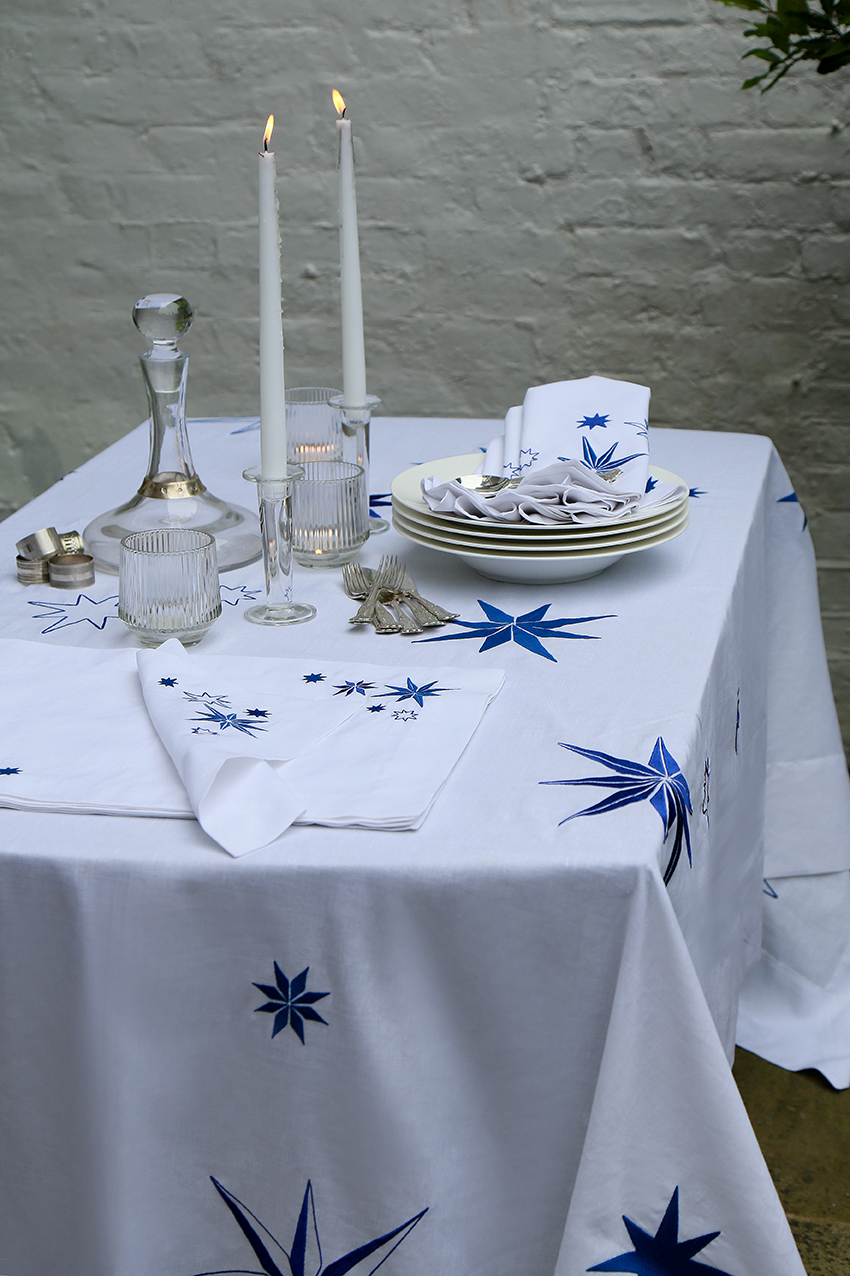
Washing Your Linen Tablecloths, Napkins, and Placemats
Linen is a durable, natural fabric that becomes softer and more comfortable with each wash, but it requires proper care to maintain its longevity and beauty. Here are some best practices to follow:
- Wash in Cold or Warm Water: Always wash linen in cold or warm water, never hot. High temperatures can weaken the fibres and cause shrinking.
- Use a Gentle Cycle: To avoid stressing the fabric, choose a gentle wash cycle with minimal agitation.
- Avoid Overloading the Machine: Give your linens room to move in the wash. Overloading the machine can cause excessive creasing and strain on the fabric.
Washing Machine vs. Hand Washing: Which is Better?
When it comes to cleaning linen, both washing machine and hand washing can be effective if done correctly:
- Washing Machine: Machine washing is convenient and perfectly fine for most linen items, as long as the gentle cycle is selected and you avoid using high temperatures. This method is particularly useful for larger items like tablecloths.
- Hand Washing: Hand washing is ideal for delicate pieces or embroidered linens, such as those from our Botanical or Constellation collections. Use lukewarm water and a mild detergent, gently agitating the fabric before rinsing thoroughly.
Overall, machine washing is efficient for everyday linens, but hand washing can be gentler on more delicate pieces or linens with intricate embroidery.
Recommended Detergents for Linen Care
The type of detergent you use plays a crucial role in preserving the beauty and strength of your linen:
- Mild, Eco-Friendly Detergents: Always opt for a mild, eco-friendly detergent that is free from bleach, enzymes, and harsh chemicals. These detergents help protect the fibres and prevent the breakdown of the fabric.
- Avoid Fabric Softeners: Linen naturally becomes softer with time, so fabric softeners are unnecessary and can leave a residue that affects the texture of the linen.
- Spot Treatment: For stubborn stains, use a small amount of detergent mixed with water as a pre-treatment before washing.
Dealing with Stains: A Step-by-Step Guide
Stains are inevitable, but with quick action, you can prevent them from setting into the fabric:
- Blot, Don’t Rub: As soon as a stain occurs, gently blot the area with a clean, dry cloth to absorb excess liquid. Avoid rubbing, as this can push the stain deeper into the fibres.
- Use Cold Water: Rinse the stained area with cold water to help lift the stain. Hot water can set stains, making them harder to remove.
- Apply a Gentle Stain Remover: Use a mild, bleach-free stain remover or a mixture of water and mild detergent. Apply directly to the stain and let it sit for a few minutes.
- Wash as Usual: Once treated, wash the linen in cold or warm water following our recommended washing practices.
- Air Dry the Item: Check the stain after washing. If it remains, avoid drying the linen in a dryer, as heat can set the stain. Instead, air dry and repeat the stain removal process if necessary.
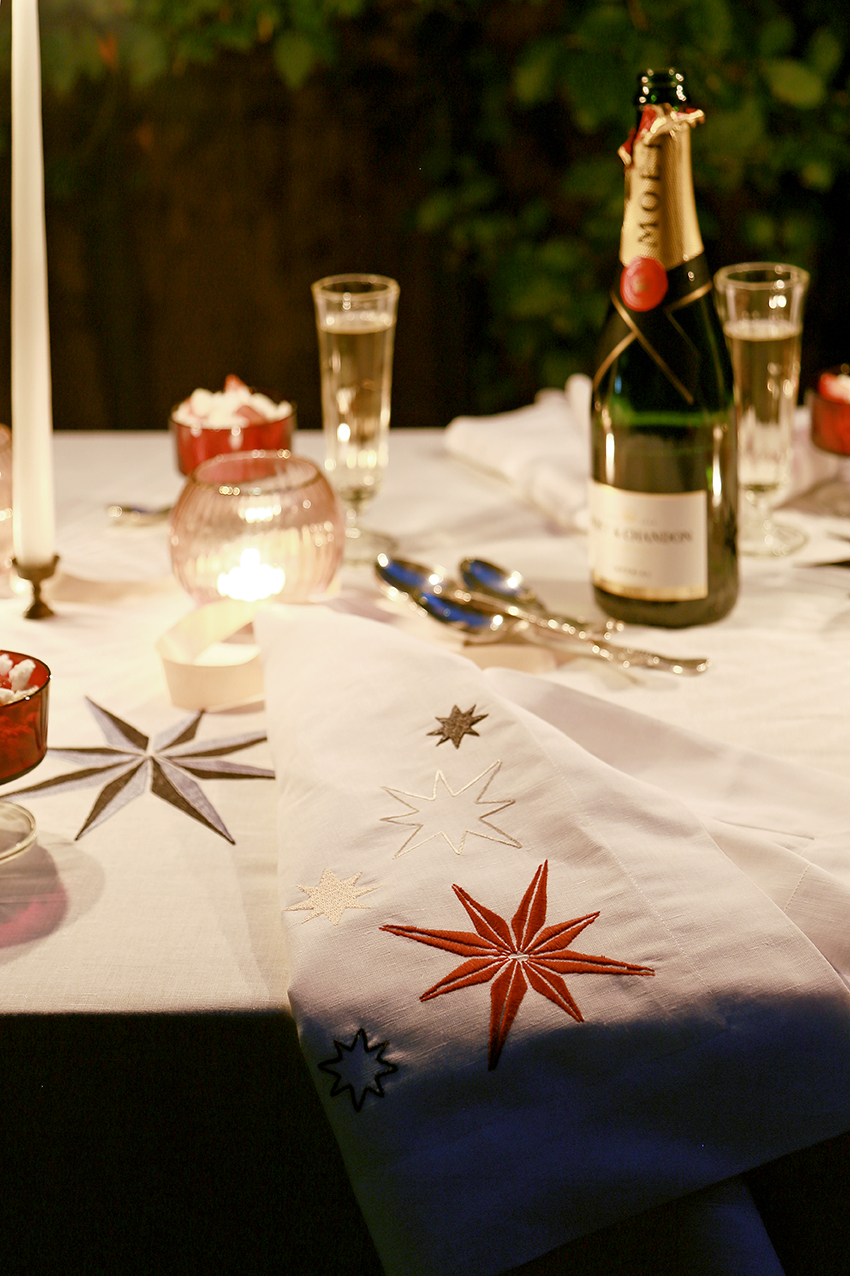
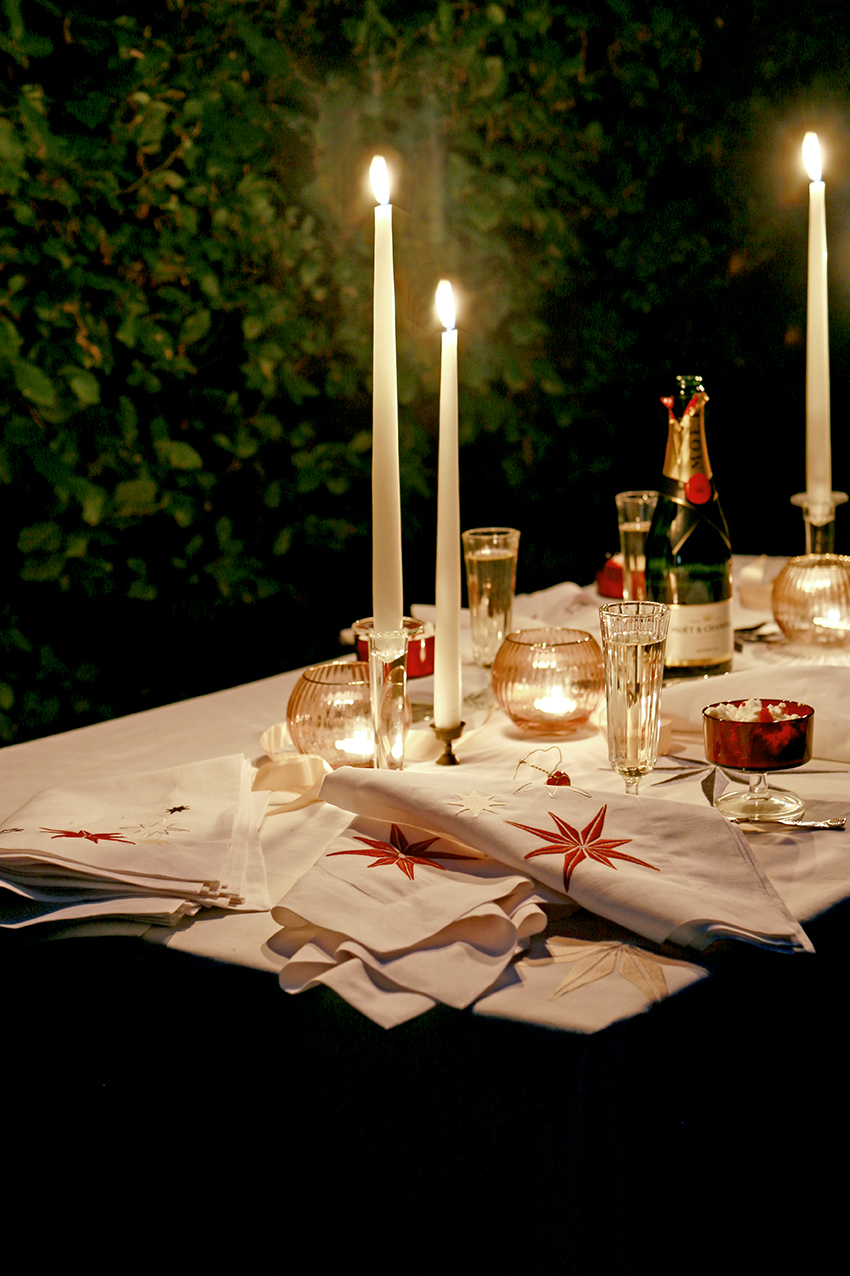
Drying and Ironing Your Linens
Air Drying vs. Machine Drying: What’s Best for Linen?
The way you dry your linen can have a significant impact on its texture and longevity. Both air drying and machine drying are options, but each comes with its benefits:
- Air Drying: The best method for preserving the integrity of your linen is air drying. Hanging linens to dry allows the fabric to maintain its natural texture and prevents shrinkage. Lay the linens flat or hang them on a line in a shaded area to protect them from direct sunlight, which can cause fading.
- Machine Drying: If you’re short on time, machine drying on a low heat setting can be a safe option. However, be sure to remove the linens from the dryer while they’re still slightly damp to avoid over-drying, which can cause the fabric to become stiff or shrink. Shaking out the linens before placing them in the dryer can also help reduce wrinkles.
How to Iron Linen Properly Without Damaging the Fabric
Ironing linen can restore its crisp, smooth appearance, but it’s important to use the right technique to avoid damaging the fabric:
- Iron While Damp: Linen is easiest to iron when it’s still slightly damp. If the fabric has dried completely, lightly mist it with water before ironing.
- Use a Medium to High Heat Setting: Linen requires a medium to high heat setting to effectively smooth out wrinkles. Ensure the iron’s steam function is on to help relax the fibres.
- Iron on the Reverse Side: To protect embroidered or delicate designs, always iron linen on the reverse side. For plain linens, you can iron on either side, but using a pressing cloth can further protect the fabric.
- Avoid Prolonged Heat: Move the iron in continuous motions to prevent any area from being exposed to high heat for too long, which can scorch or damage the fabric.
Removing Wrinkles from Linen: Tips and Tricks
Linen naturally wrinkles, but with the right approach, you can achieve a smooth and polished look:
- Steam Ironing: Using a steam iron is the most effective way to remove wrinkles from linen. The heat and moisture work together to relax the fibres and smooth out creases.
- Use a Steamer: If you prefer to avoid direct contact with the fabric, a handheld garment steamer is a great option. Simply hang the linen and steam it from top to bottom, allowing the wrinkles to fall out naturally.
- Wrinkle Release Spray: For quick touch-ups, you can use a wrinkle release spray. Lightly spray the fabric and smooth it with your hands or a pressing cloth.
- Iron Damp Linens: Ironing linen while it’s still damp is one of the best ways to achieve a wrinkle-free finish. The moisture helps the fibres relax, making it easier to remove creases with minimal effort.
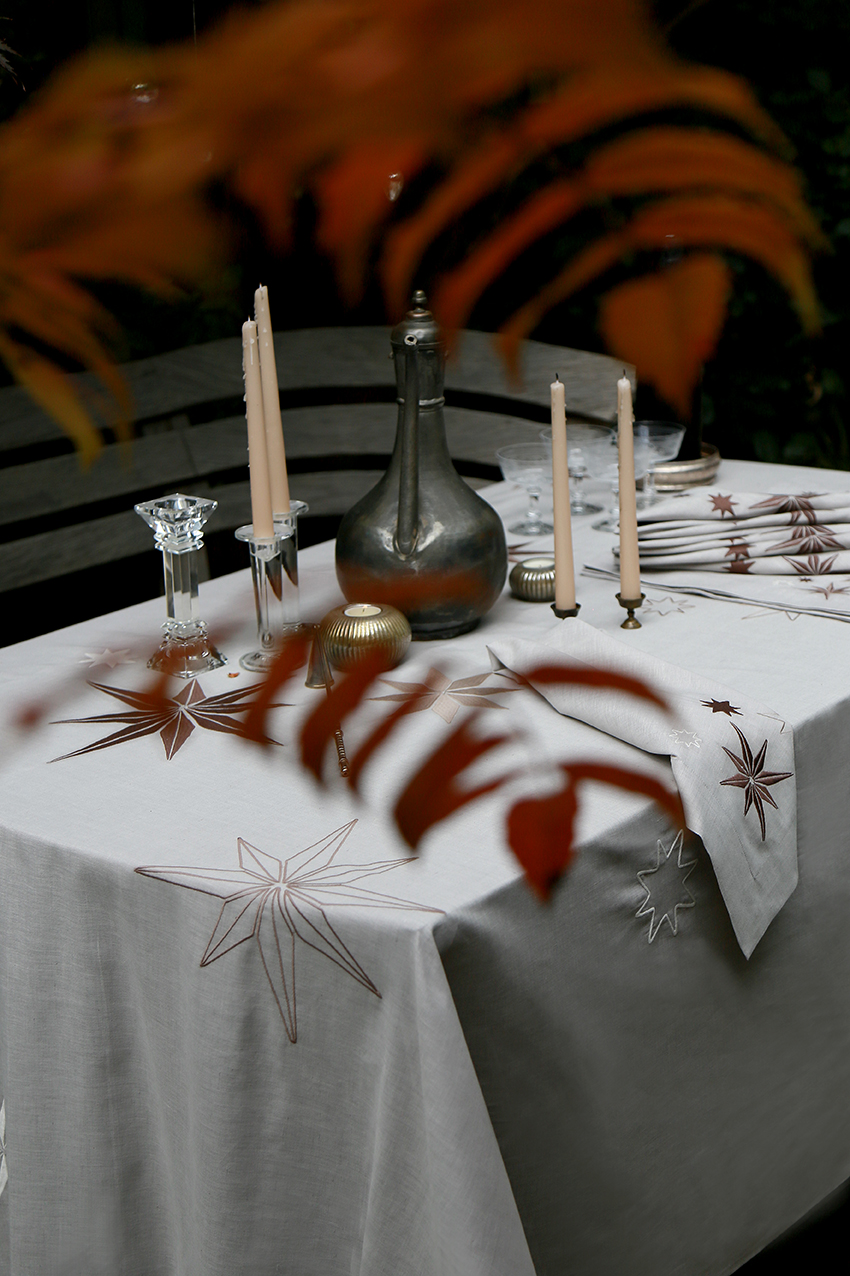
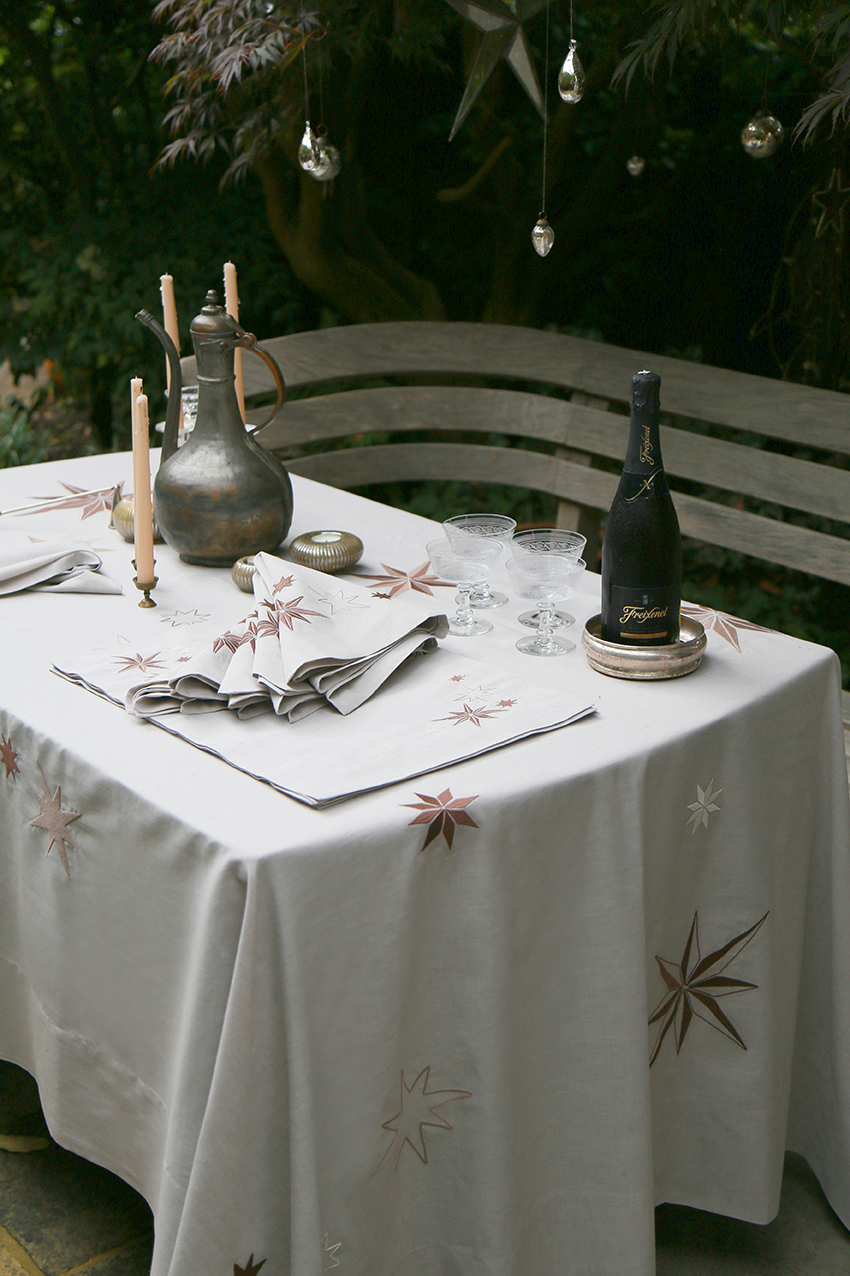
Storing Your Linens for Long-Term Use
Proper Storage Techniques to Preserve Linen Quality
Storing linens properly is essential for maintaining their quality and ensuring they last for years. Here are some best practices for storing your tablecloths, napkins, and placemats:
- Clean Before Storing: Always wash and thoroughly dry your linens before storing them. Stains or food particles left on the fabric can attract pests and cause permanent damage over time.
- Fold Neatly: Fold your linens neatly to avoid creases that could become difficult to remove later. Place tissue paper between the folds to reduce friction and prevent any deep creases.
- Store in a Cool, Dry Place: Choose a storage area that is cool, dry, and well-ventilated to avoid moisture build-up, which can cause mildew. Avoid storing linens in attics, basements, or areas with fluctuating temperatures.
How to Avoid Yellowing and Discoloration During Storage
Over time, linens can develop yellowing or discolouration if not stored properly. Here’s how to prevent this:
- Use Acid-Free Tissue Paper: When folding your linens, layer them with acid-free tissue paper to prevent the fabric from coming into direct contact with itself, which can help avoid yellowing.
- Avoid Direct Sunlight: Never store linens in direct sunlight, as prolonged exposure to UV rays can fade colours and cause discolouration.
- Keep Away from Plastic: Avoid storing linens in plastic bags or containers, as they can trap moisture and lead to mildew or yellowing. Opt for breathable fabric storage bags instead.
- Monitor Humidity Levels: Keep humidity levels low in the storage space, as high humidity can cause dampness and lead to mould or mildew growth.
Using Linen Storage Bags for Added Protection
To provide extra protection for your linens during long-term storage, consider using linen storage bags:
- Breathable Fabric Bags: Store your linens in breathable cotton or linen storage bags to allow air circulation and prevent moisture build-up. These bags help protect your linens from dust and pests while keeping them fresh.
- Cedar Blocks or Lavender Sachets: Add cedar blocks or lavender sachets to your storage bags to deter moths and keep your linens smelling fresh. Avoid direct contact between the linen and cedar, as the oils can stain the fabric.
- Label for Easy Access: Label your linen storage bags so you can easily find the right set when needed. This will also help minimize handling, which can prevent unnecessary wear and tear on your stored linens.
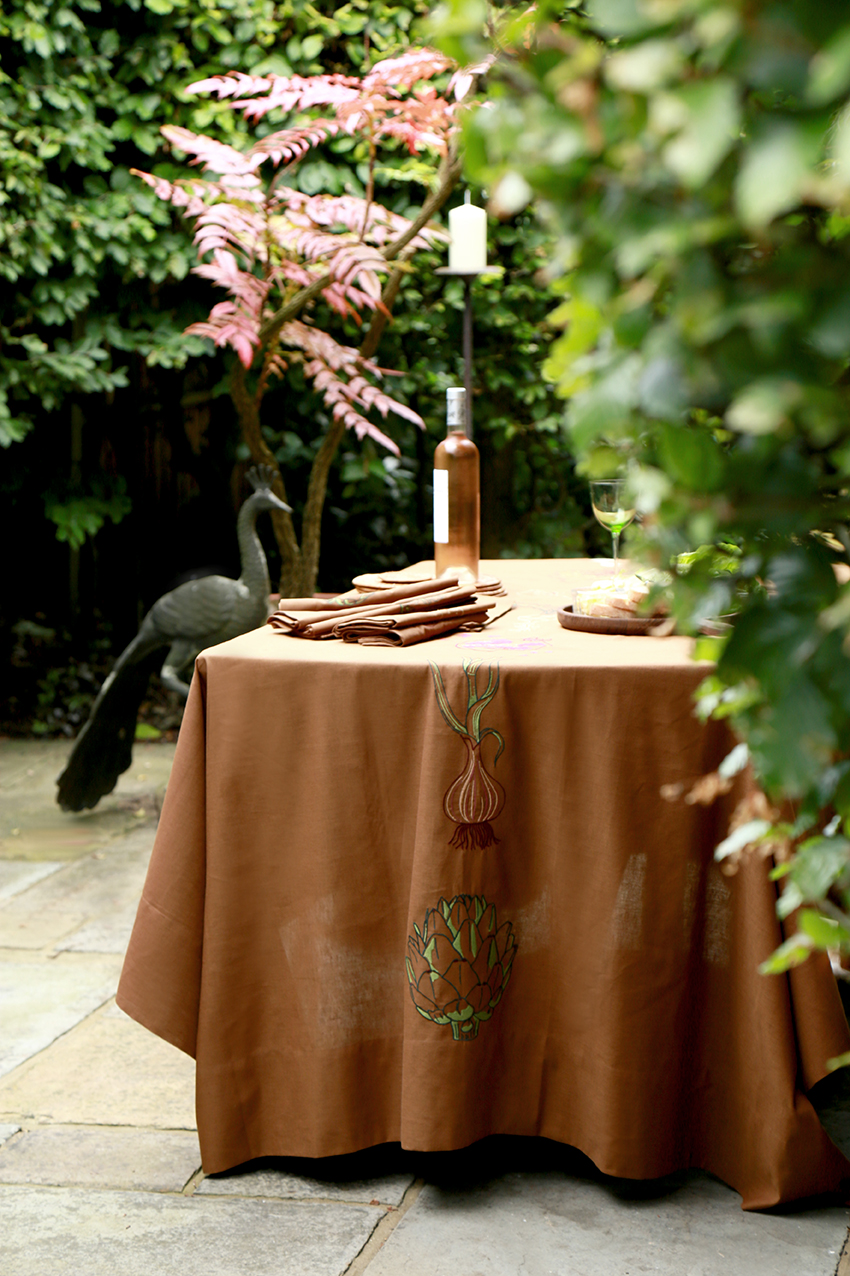
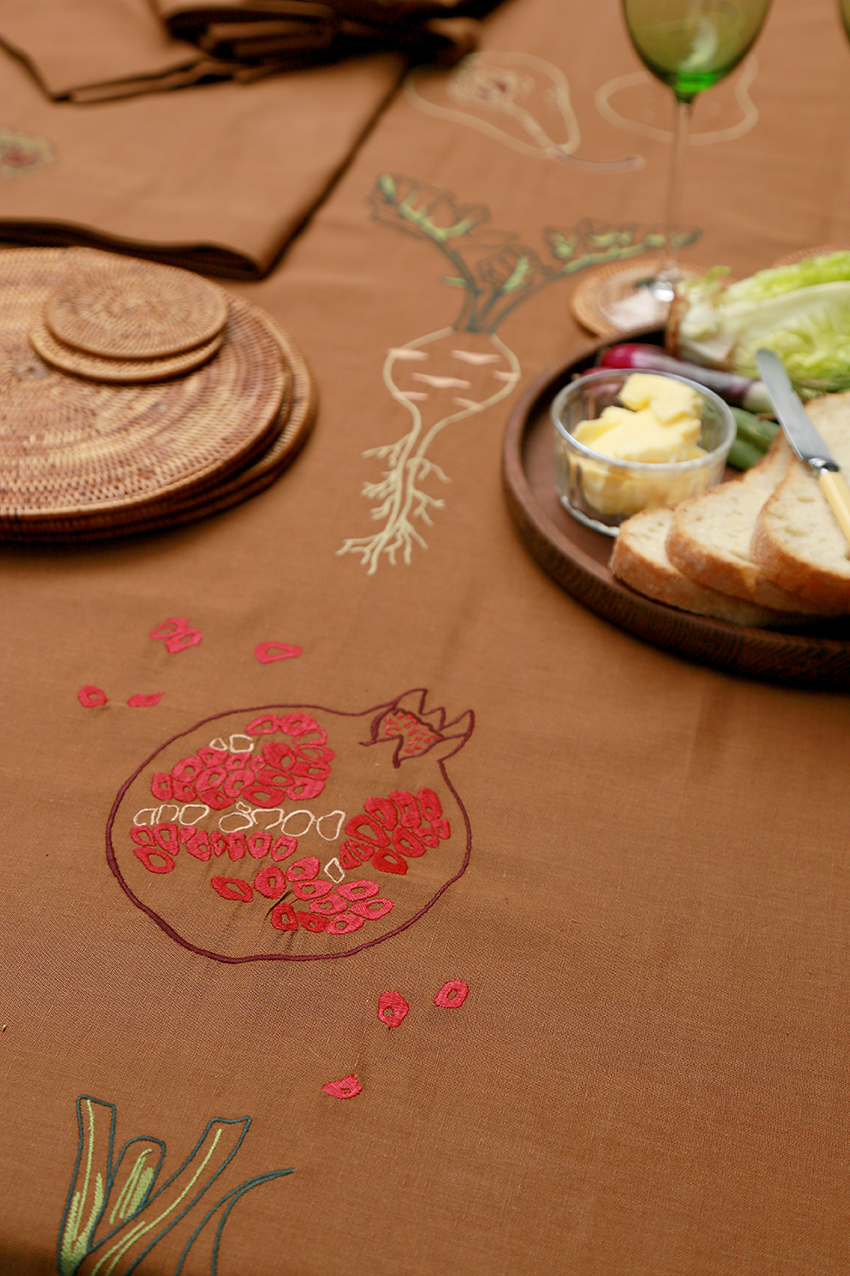
Caring for Embroidered or Detailed Linens
Special Considerations for Delicate Embroidery
Embroidered linens, like those found in our Botanical or Constellation collections, require extra care to preserve their intricate details. Here are some key considerations:
- Turn Inside Out: When washing embroidered linens, always turn them inside out to protect the delicate embroidery from friction and damage during washing.
- Avoid Excessive Agitation: Whether hand-washing or machine-washing, ensure minimal agitation. Excessive movement can cause the embroidery threads to loosen or fray over time.
- Cold Water Only: Use cold water to wash embroidered items. Hot water can weaken the threads and cause colours in the embroidery to fade or bleed.
- Lay Flat to Dry: Air drying embroidered linens is crucial. Lay them flat on a clean, dry surface to prevent stretching or distortion of the fabric and embroidery.
Hand-Washing Tips for Embroidered Linen Items
For embroidered linens, hand washing is the gentlest method to maintain their beauty and detail. Here’s how to do it:
- Use a Gentle Detergent: Opt for a mild, bleach-free detergent specifically designed for delicate fabrics. Avoid any harsh chemicals that can break down the fibres or embroidery threads.
- Soak, Don’t Scrub: Fill a basin with cold water and add a small amount of detergent. Soak the linen for a few minutes to loosen dirt, but avoid scrubbing the fabric to protect the embroidery.
- Gently Agitate: After soaking, gently swirl the linen in the water to lift any dirt. Focus on lightly moving the fabric to prevent stress on the embroidery.
- Rinse Thoroughly: Once cleaned, rinse the linen thoroughly with cold water to remove any detergent residue. Ensure all soap is washed out to prevent it from weakening the fabric over time.
- Blot Dry: After washing, lay the linen flat on a clean towel and gently press out excess water by blotting (never wring). Allow the linen to air dry naturally, away from direct sunlight.
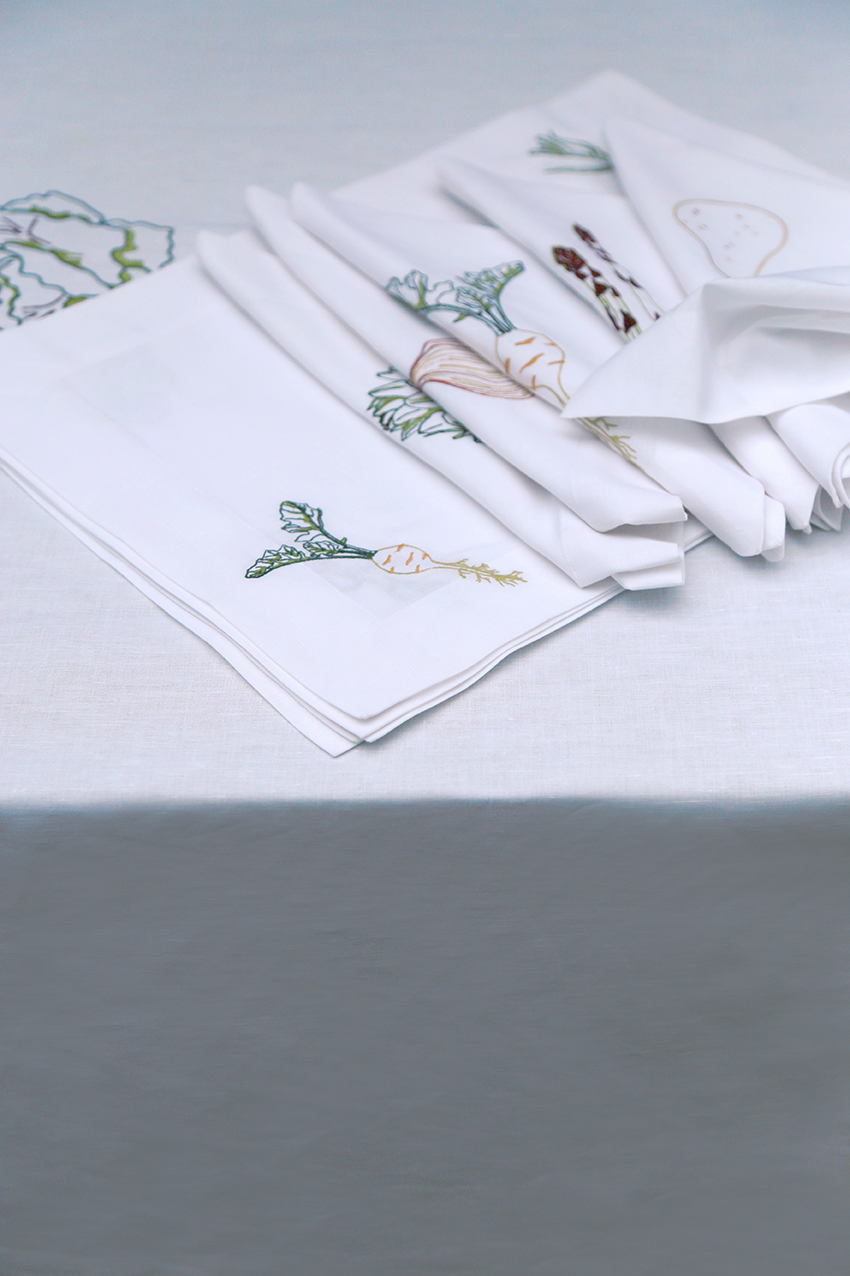
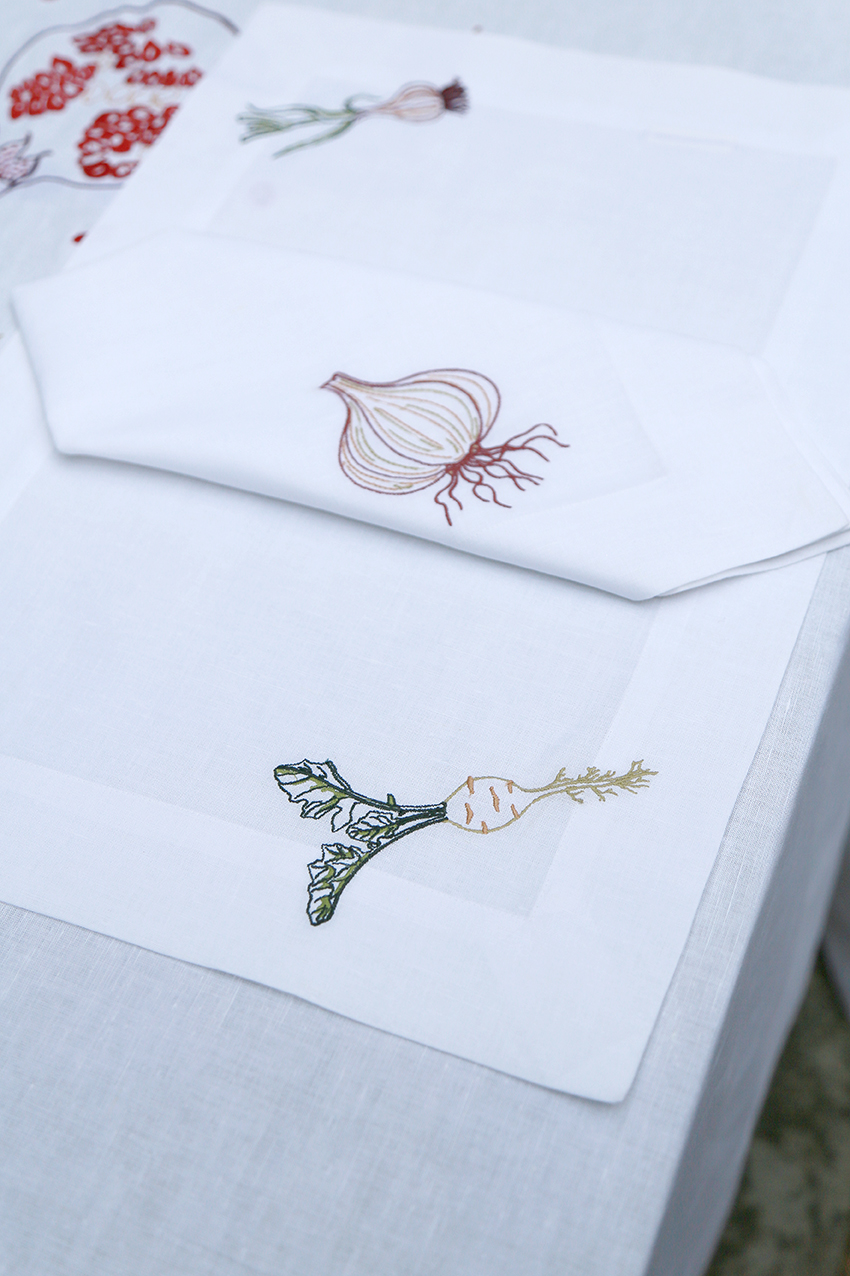
Tips for Maintaining Linen’s Softness and Longevity
How to Soften Linen Over Time
Linen naturally becomes softer with use and proper care. Here are some tips to help accelerate the softening process while maintaining the fabric’s durability:
- Wash Regularly with Cold or Warm Water: Each wash helps soften the fibres. Use cold or warm water and avoid high temperatures, as heat can cause the fibres to become stiff.
- Avoid Fabric Softeners: Linen softens naturally, so there’s no need for chemical fabric softeners, which can leave a residue that diminishes the fabric’s natural texture.
- Tumble Dry on Low Heat: While air drying is recommended for linen, you can occasionally use a tumble dryer on a low heat setting. Remove the linen while still slightly damp to maintain softness without over-drying.
- Use Dryer Balls: Adding wool dryer balls to your dryer can help soften linen naturally by reducing static and gently fluffing the fabric.
- Hand Kneading: After washing, gently knead the fabric by hand to help break in the fibres. This will enhance the softness while ensuring the linen maintains its structure.
When to Replace Your Linens
Linen is known for its durability, but even the finest linens will eventually need replacing. Here are signs that it’s time to refresh your collection:
- Significant Wear and Tear: While minor fraying can be mended, if your linens show large areas of thinning fabric, irreparable frays, or holes, it’s time to replace them.
- Loss of Structure: Over time, linen may lose its firmness, particularly if exposed to improper care. If your tablecloths or napkins have lost their crispness and no longer hold their shape well, consider an upgrade.
- Fading Embroidery or Colours: If the colours of your linens, particularly embroidered details, have faded significantly or the designs have become dull, new linens will refresh your table setting.
- Persistent Stains: Stains that can’t be fully removed despite washing may affect the overall appearance of your linens. If certain pieces look worn or stained beyond repair, it’s time to invest in new ones.
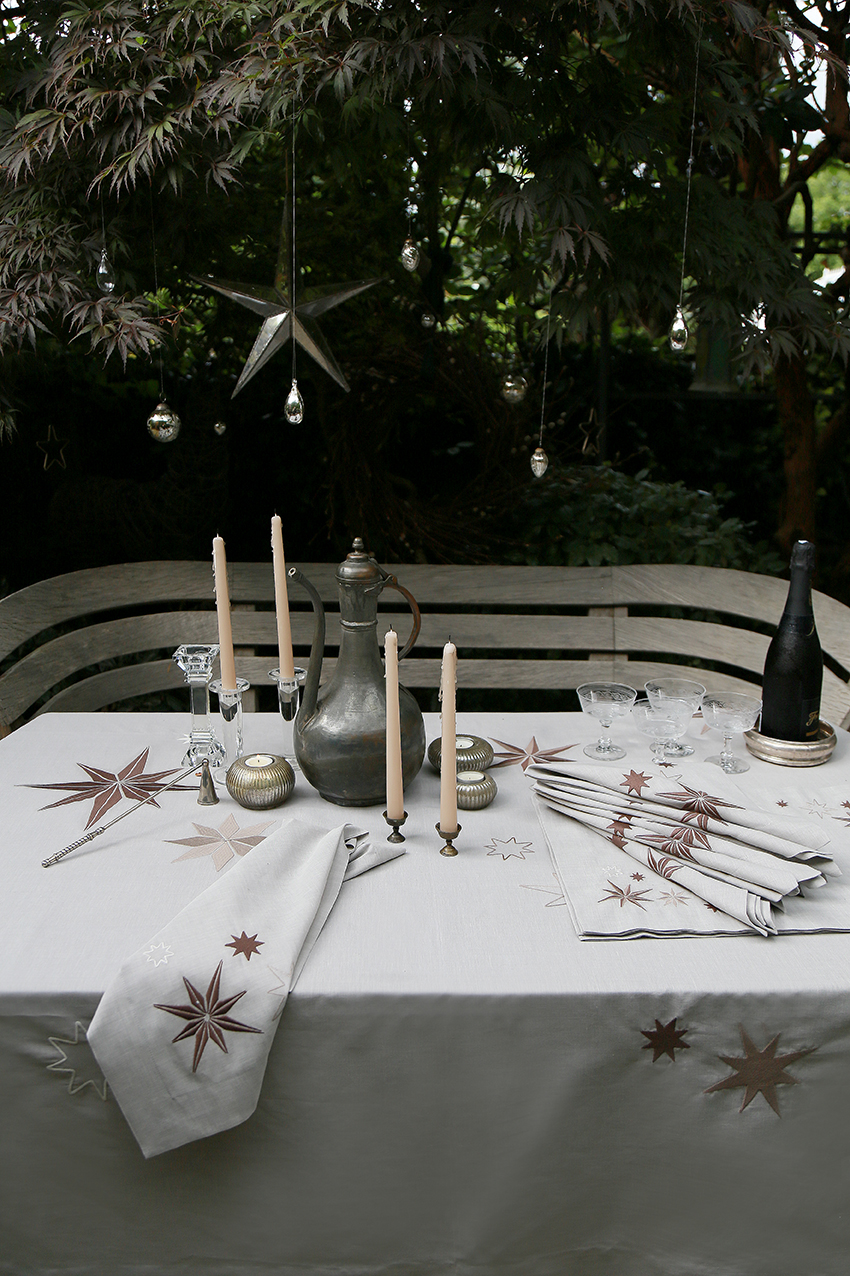

Common FAQs about Linen Care
Linen tablecloths should be washed depending on their usage and exposure to spills or stains. For everyday use, it’s best to wash linen tablecloths after each meal to keep them fresh. For occasional or formal use, spot cleaning between uses may be sufficient, with a full wash necessary every few uses. For seasonal or infrequent use, washing
before and after storage helps maintain their cleanliness and freshness.
Yes, you can tumble dry linen, but to prevent damage, always use a low heat setting. Remove the linen while it’s still slightly damp to avoid over-drying, which can cause wrinkles and stiffness. Whenever possible, air drying is a gentler alternative that helps prolong the lifespan of the fabric.
If your linen starts to fade, you can take steps to restore its appearance or prevent further fading. Avoid drying linens in direct sunlight, as prolonged exposure can cause colours to fade. Use colour-safe detergents designed to preserve fabric colours over time. If the fading is significant, re-dyeing the linen may be an option, especially for solid-colour fabrics. Rotating your linens regularly can also prevent uneven fading and ensure they wear evenly.
Conclusion: Why Proper Care is an Investment in Your Luxury Linens
Investing in high-quality linens means more than just enhancing your dining experience—it’s about preserving their beauty and longevity for years to come. Proper care ensures that your luxury tablecloths, napkins, and placemats maintain their elegance, softness, and durability over time. By following the recommended washing, drying, and storage techniques, you not only protect the fabric’s integrity but also make the most of your investment.
Well-maintained linens become softer and more refined with use, allowing you to enjoy their luxurious feel at every meal. Additionally, caring for the intricate embroidery and detailing on your linens ensures that these unique designs remain as striking as when they were first purchased. Whether it’s for everyday dining or special occasions, taking care of your linens is a simple yet essential way to uphold the quality and beauty of your home.
With the right approach, your luxury linens will continue to provide comfort, style, and sophistication, making them a lasting investment in your home’s ambience.
New Collection Highlight: Elevate Your Table Setting with Our Latest Range
For those looking to refresh their table setting, our new collection offers an exquisite range of luxury linens that blend timeless elegance with contemporary design. Our latest products include the stunning Botanical and Constellation tablecloth and napkin sets, each thoughtfully crafted to bring sophistication and charm to any dining experience. Whether you’re hosting a formal dinner or an intimate gathering, these pieces will elevate your table setting to a new level of style and luxury.
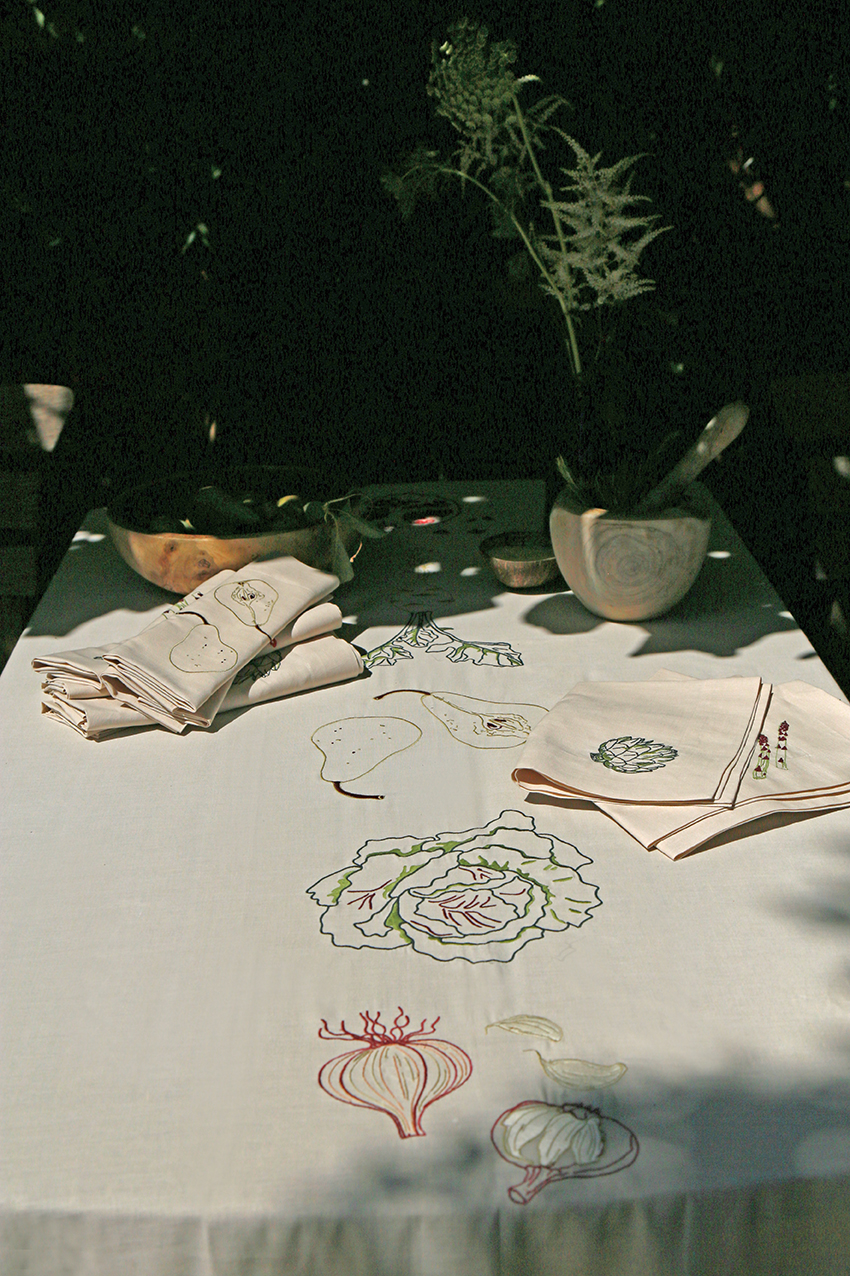
Botanical Tablecloth and Napkin Set
Inspired by antique horticultural lithographs, our Botanical collection features intricate embroidery of seasonal fruits and vegetables, including chicory, asparagus, garlic, and pears. Each motif is embroidered with vibrant, complementary colours on our Reed Family Linen Union cloth. This collection is designed to bring the beauty of nature into your home, creating a captivating focal point for your dining table.
Price Range: £998 – £2,003, depending on size selection.
Available Sizes: Choose from 6-, 8-, or 10-seater tablecloths, each accompanied by matching napkins. The detailed embroidery runs down the centre of the tablecloth, providing a striking visual impact.
Material: Linen Union fabric, offering a balance of durability and luxurious softness.
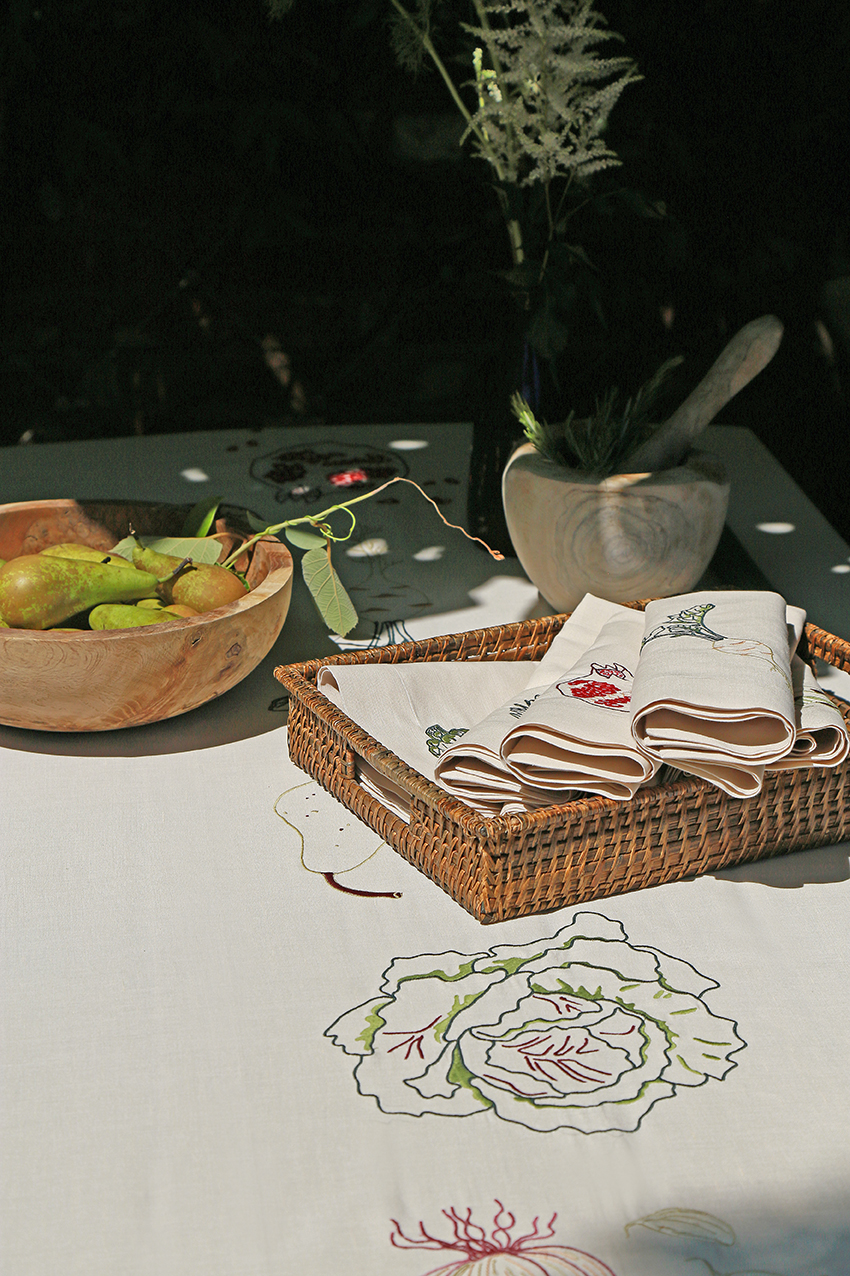
The Botanical Napkin Set, sold separately, features six beautifully embroidered napkins, each with a unique motif, ensuring that every guest has their own delightful design.
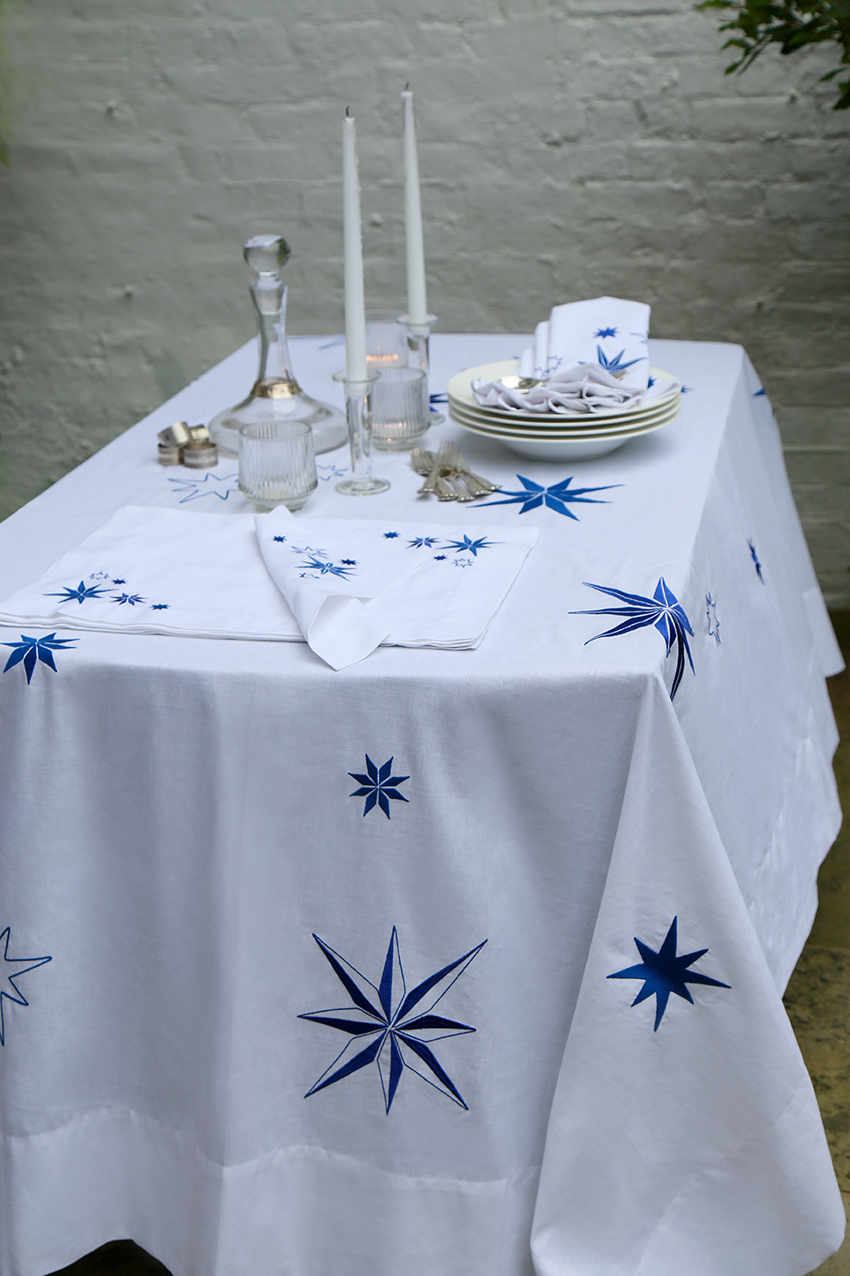
Constellation Tablecloth and Napkin Set
Drawing inspiration from the ancient use of constellations for storytelling and navigation, the Constellation collection features intricate embroidery of celestial designs. This collection blends tradition with modern elegance, making it a statement piece for any occasion.
- Available Sizes: The Constellation set is available in 6-, 8-, or 10-seater sizes, with matching napkins.
- Material: Made from our finest linen fabric, this collection is not only visually stunning but also soft and durable.
- Price Range: £1,018 – £1,420, depending on the selected size.
The Constellation Placemat Set complements the tablecloth, featuring six embroidered placemats and six matching napkins, all showcasing celestial motifs in subtle, sophisticated hues. This set adds an extra layer of refinement to your table, making it perfect for formal occasions or holiday gatherings.
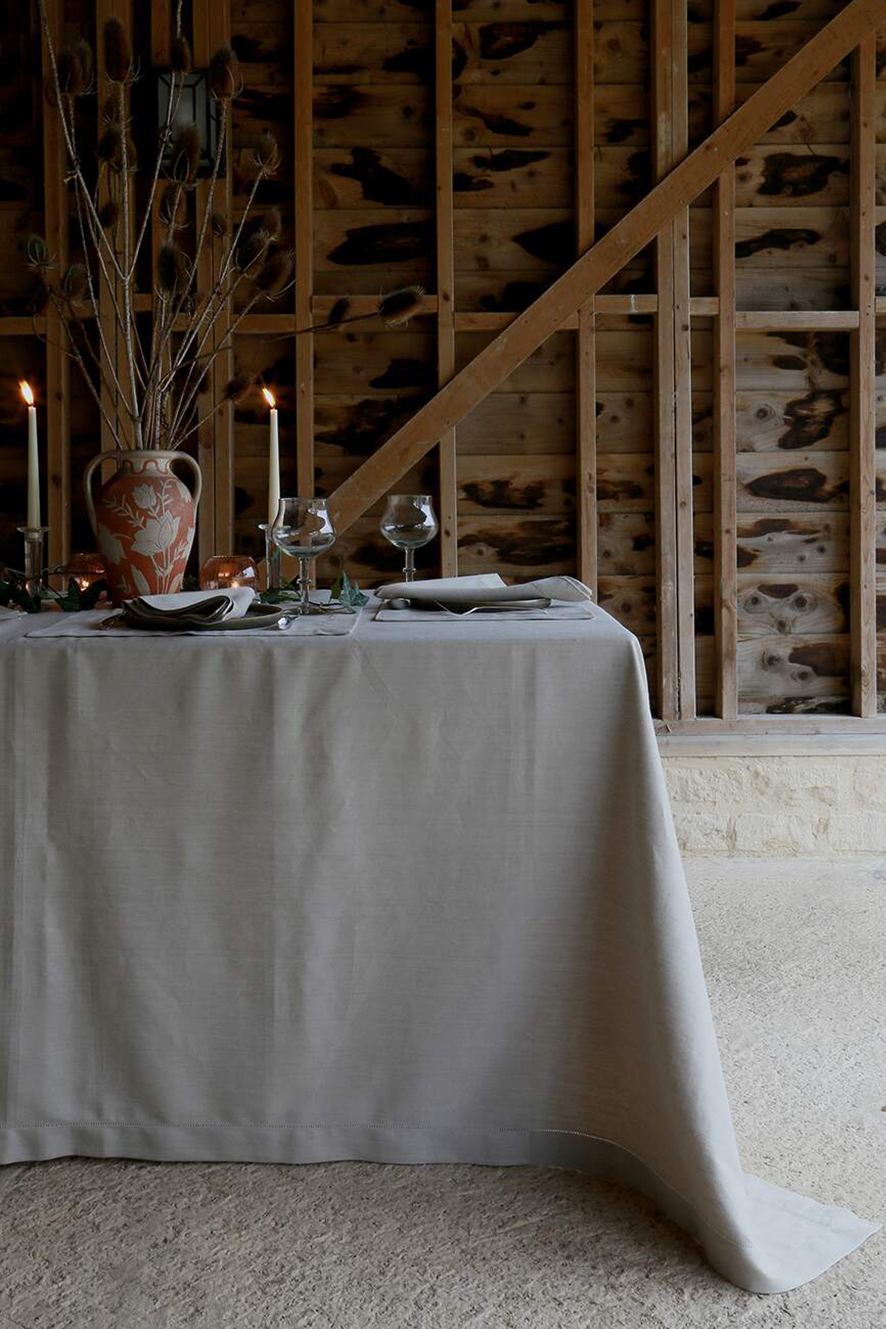
Linen Cotton Tablecloth Set
For those who prefer a more understated, classic look, our Linen Cotton Tablecloth Set is a versatile option suitable for any occasion. Featuring our iconic hemstitch detailing, this set offers a simple yet elegant design.
- Available Sizes: Offered in 6-, 8-, and 10-seater options, each set comes with matching napkins bordered by a crisp line of hemstitching.
- Material: Crafted from a luxurious blend of linen and cotton, this tablecloth offers the perfect balance of softness and durability.
- Price Range: £563 – £871, depending on size.
This collection is available in classic white, taupe, or putty chambray, ensuring it fits seamlessly with any table décor. The clean, timeless design of this set makes it ideal for both casual meals and formal dining events.
These new pieces bring an elevated sense of style and charm to any table setting, whether you’re celebrating special moments or enjoying everyday dining. Explore our new collection today and experience the luxury and craftsmanship that Reed Family Linen is known for.
Table of Contents
- Why Proper Care is Important for Luxury Linens
- Washing Your Linen Tablecloths, Napkins, and Placemats
- Drying and Ironing Your Linens
- Storing Your Linens for Long-Term Use
- Caring for Embroidered or Detailed Linens
- Tips for Maintaining Linen’s Softness and Longevity
- Common FAQs about Linen Care
- Conclusion: Why Proper Care is an Investment in Your Luxury Linens
- New Collection Highlight: Elevate Your Table Setting with Our Latest Range
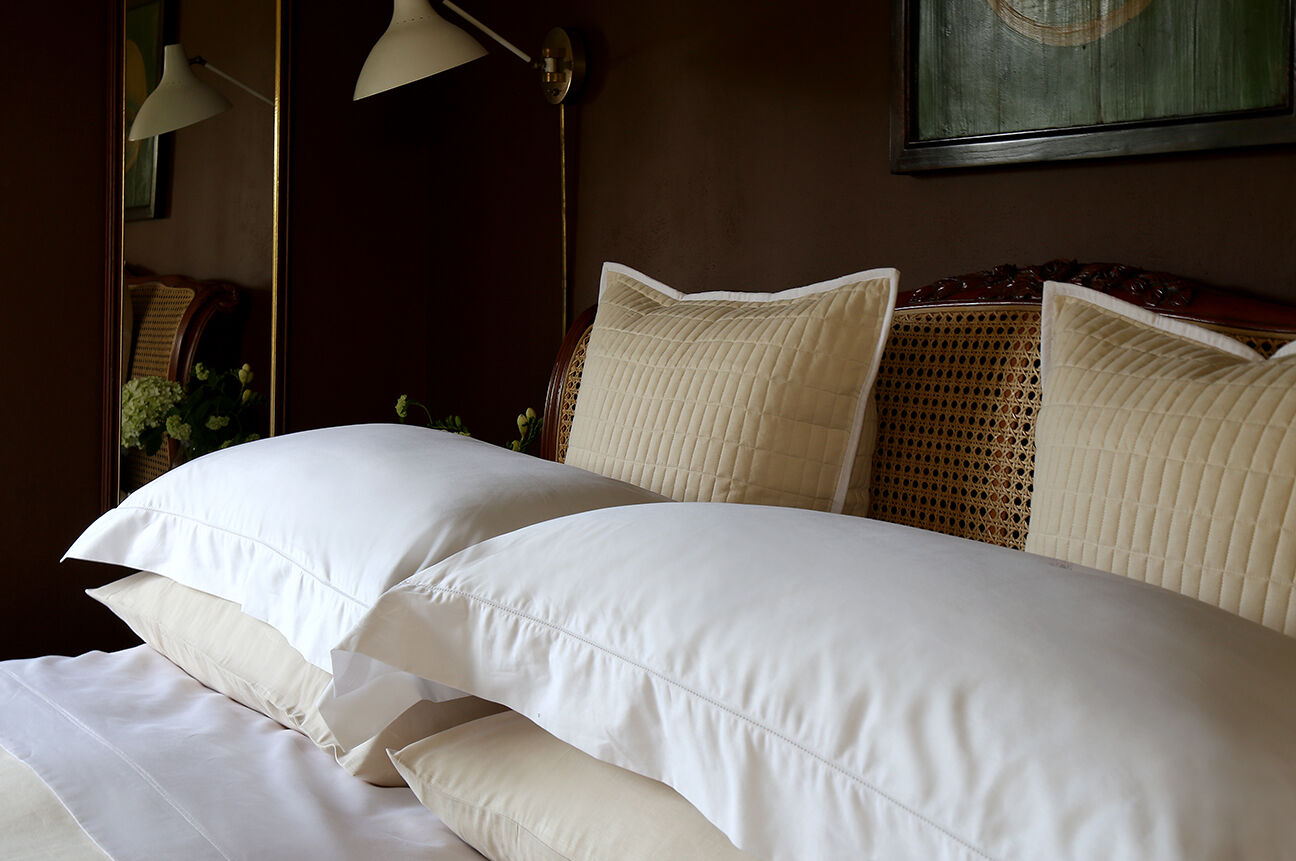
Monthly Inspiration
Join our family to be the first to receive our latest stories and inspiration.
